I just returned from leading a 12-day tour in the Footsteps of Paul through Greece, Turkey, and Rome. My stops included some of the most picturesque and historical photography locations imaginable.
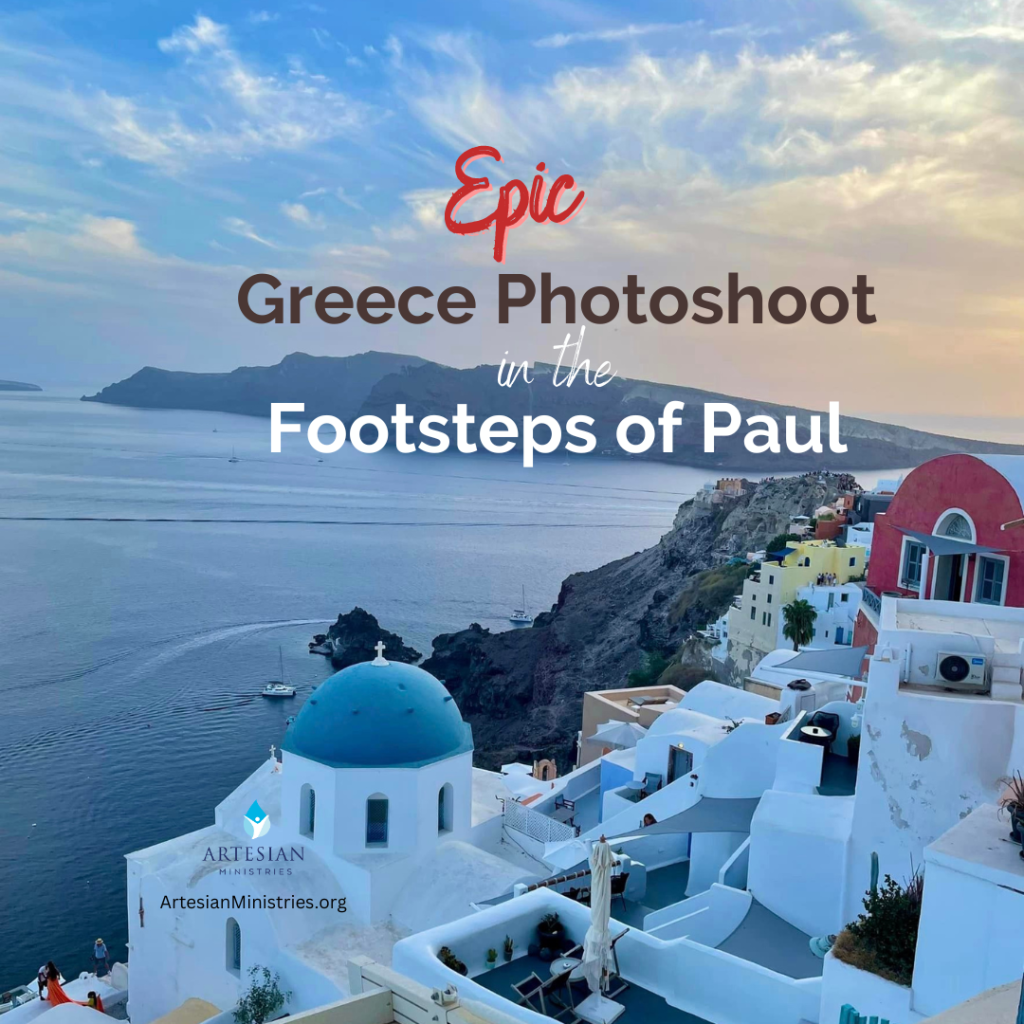
The tour included a 3-day cruise of the Greek islands which resulted in amazing pictures along the Mediterranean Sea and Aegean Sea.
Although I am not a professional photographer, I love taking beautiful pictures of the best spots with an eye toward lighting and framing the shot.
Below are the best photo shots (some in the early morning or sunset golden hour). It shows some of the best photo spots that you can use for your own photo shoot.
I found this photography travel guide very helpful in preparing for my tour.
Santorini, Greece
This was my first time being a Santorini photographer and it was a joy. Santorini Island, specifically the Oia Village, is a must for any Greece photography trip.
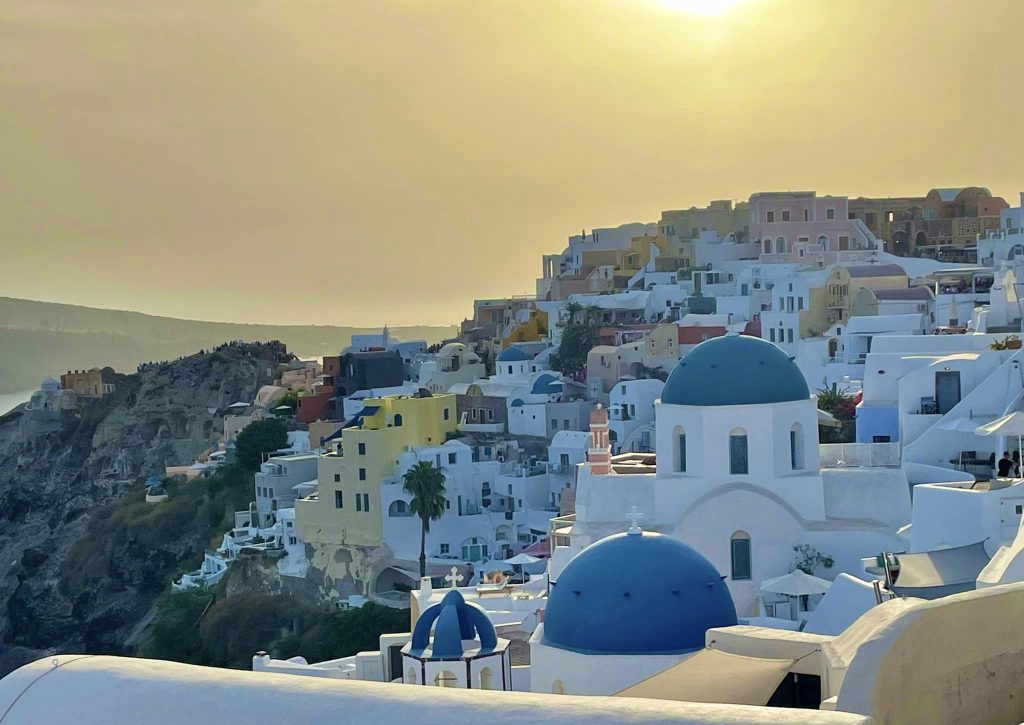
Santorini’s white buildings and blue-domed churches are stunning against the skaros rock and deep blue sea. There are several amazing views to choose from.
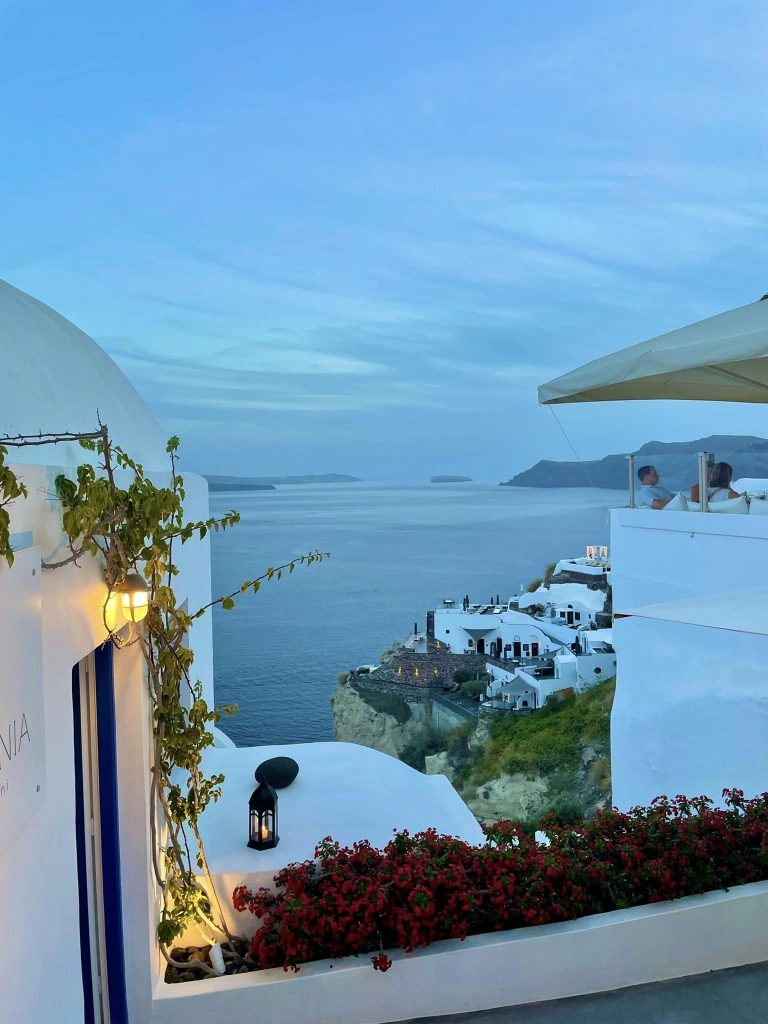
A quick warning about any Santorini photoshoot: the place is CROWDED. I mean, really crowded. There are limited places where you can set up for the perfect photo. Every local photographer stakes out places early in the day so get there early.
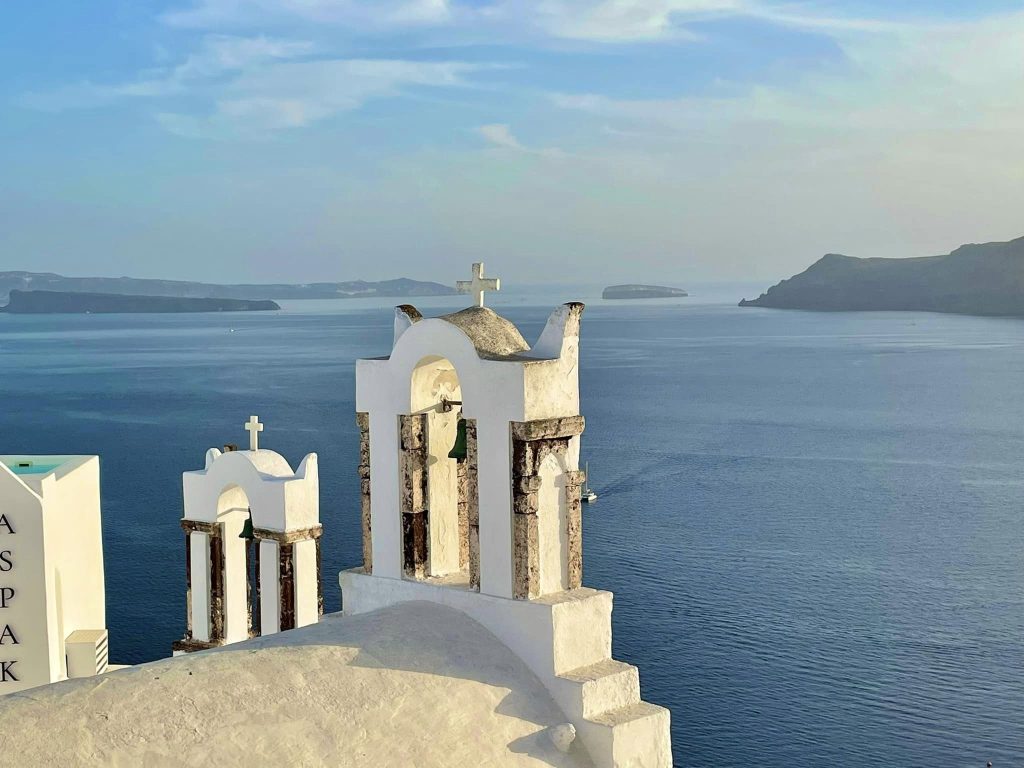
Securing good spots in specific locations near Santorini’s iconic backdrops is challenging (such as the Oia Castle). It is worth the effort because of the perfect backdrop of cruise ships and different colors.
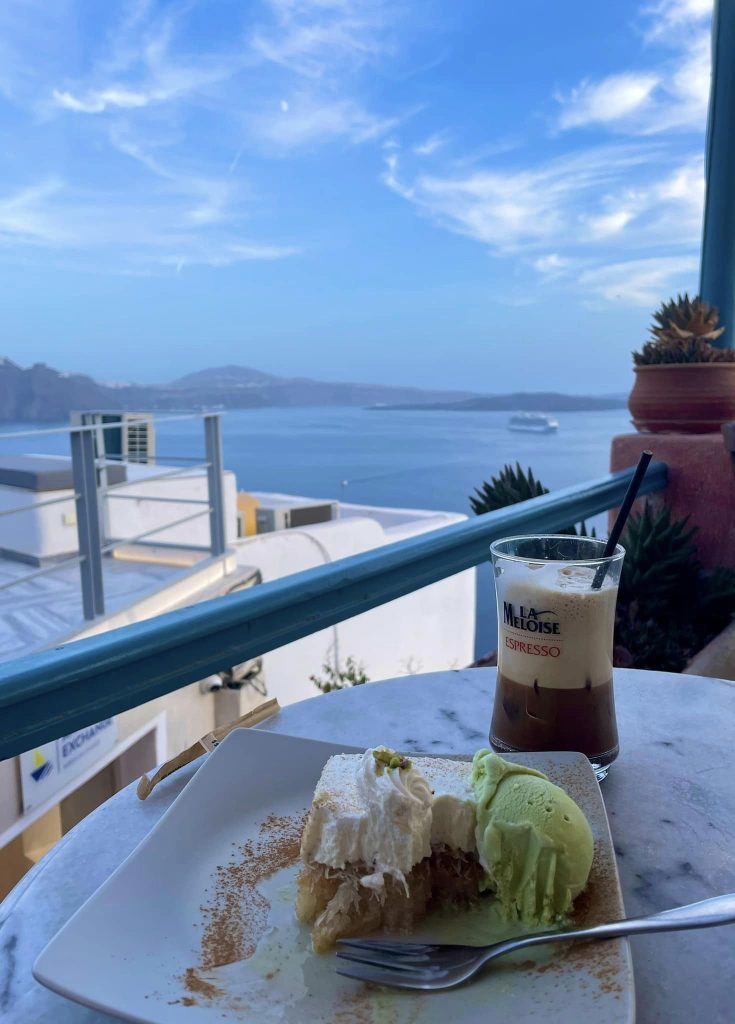
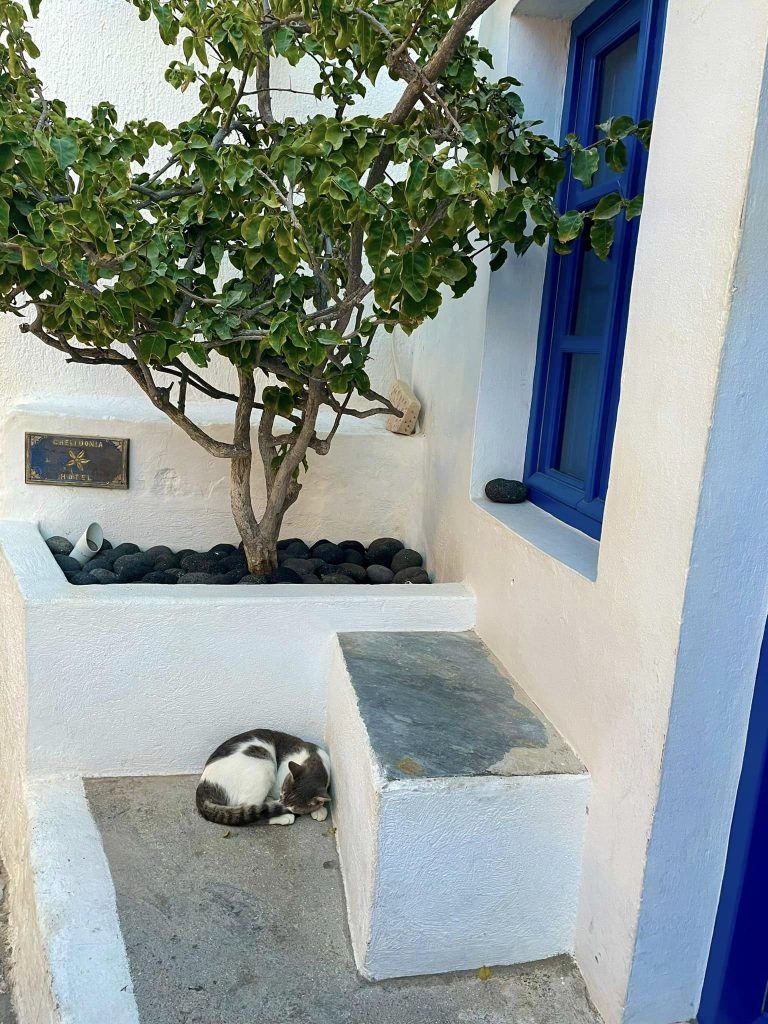
Ephesus, Greece
The ruins of Ephesus are stunning! The library stands as one of the largest structures from the ancient world. “Simply breathtaking” describes the detailed carved pieces and mosaics.
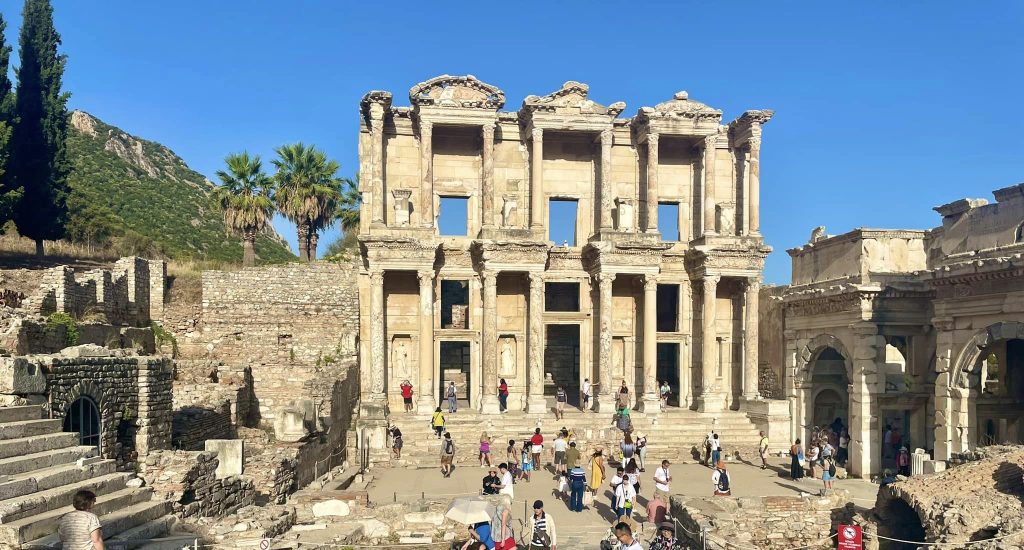
Numerous excellent photo locations exist throughout the ruins. One of the best places is the Library of Celsus, which stands as the largest ancient library in the world.
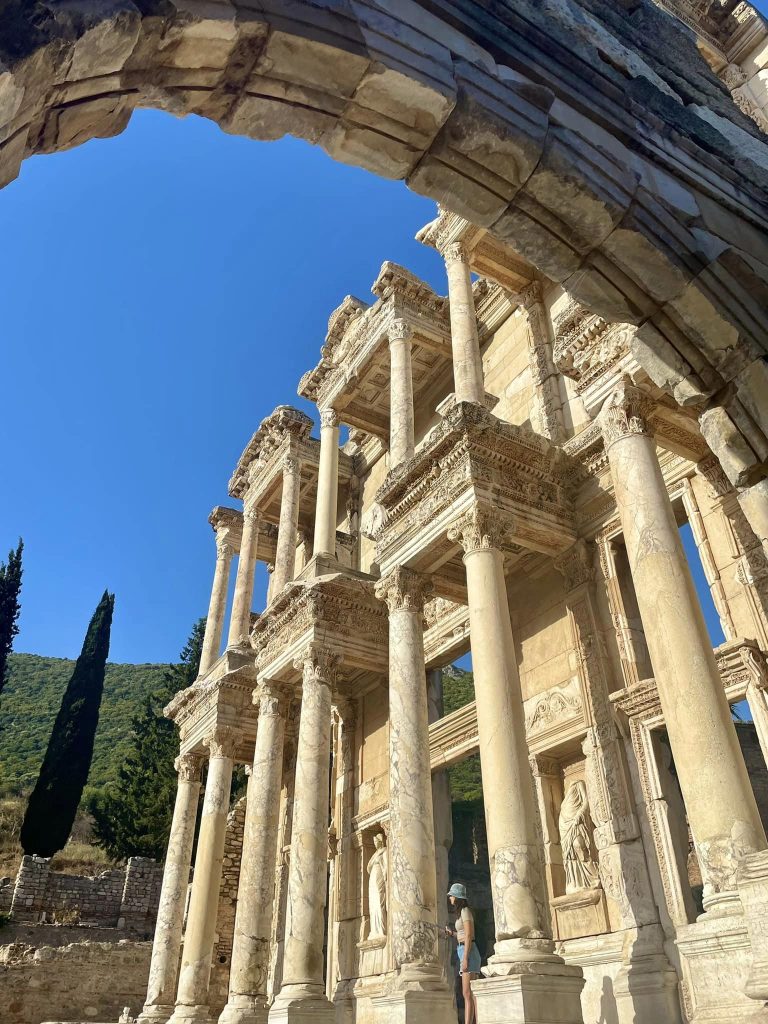
Take a selfie stick! The ruins are vast, so a selfie sticks will make your photo session truly incredible to grasp the full scope. Take a zoom lens to capture the intricate carvings, as well.
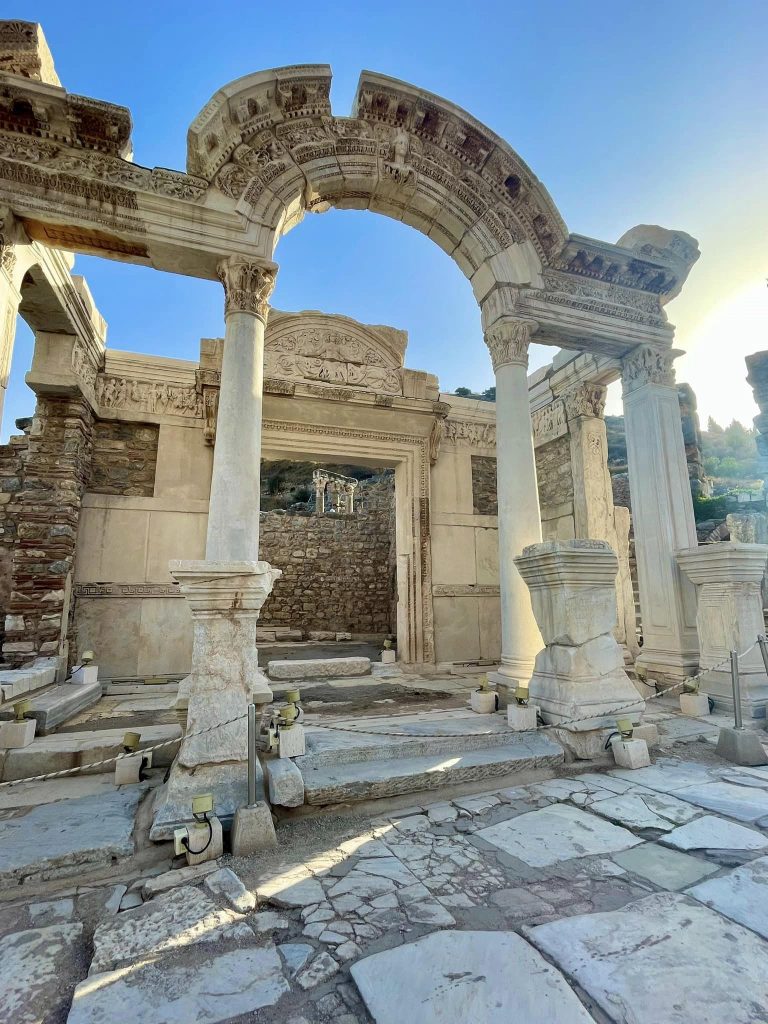
The ancient amphitheater of Ephesus still holds concerts today and seats 20,000 people. Ephesus is by far one of my favorite locations.
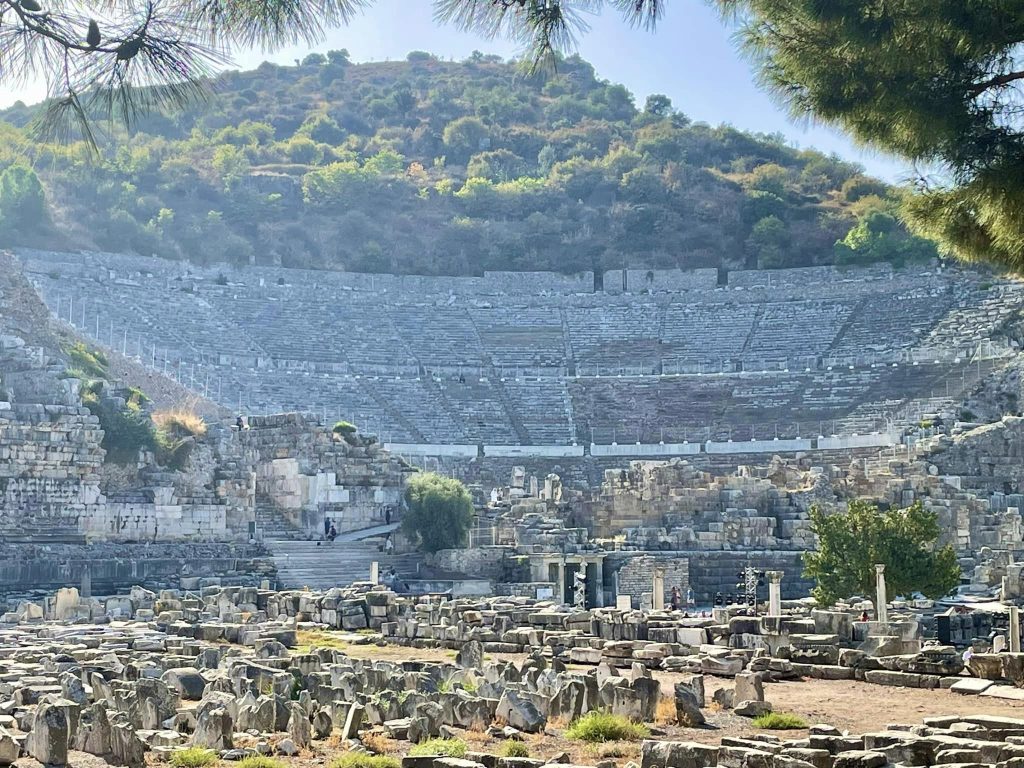
I wrote a Bible study called “Your Strong Suit” based on Ephesians 6, the full armor of God, which came to life as I walked through these ruins.
Turkish Carpet Demonstration
Ephesus ended with a stop at a traditional Turkey carpet-making shop called the “Golden Fringe“.
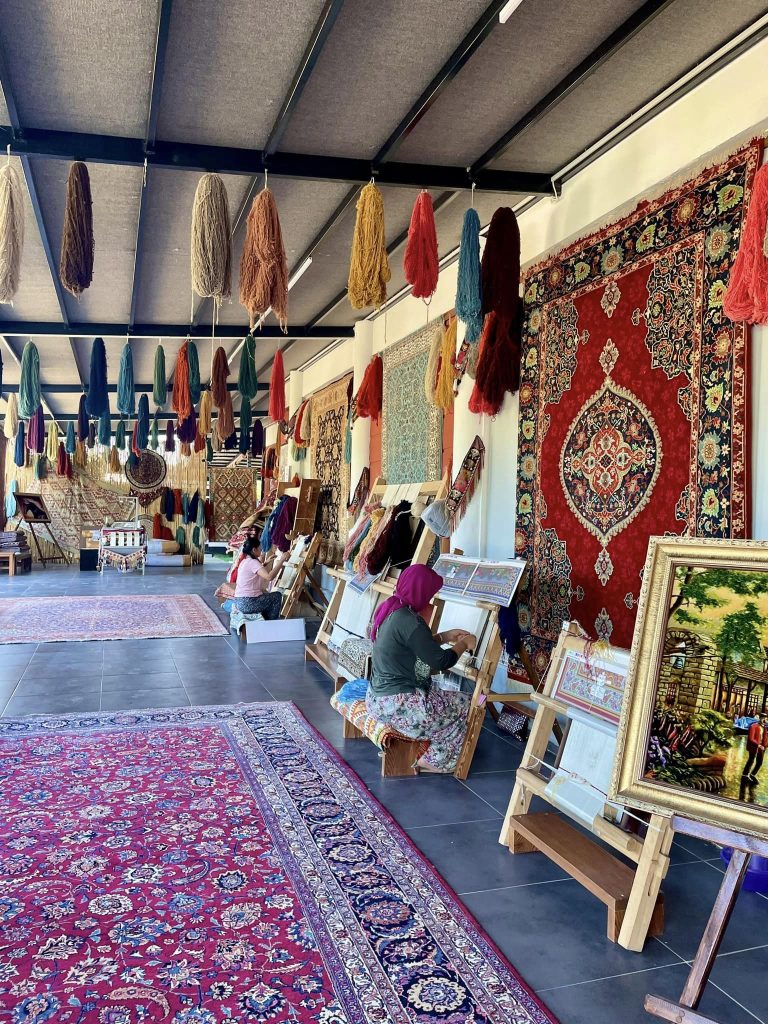
Silk and wool is used to make stunning rugs that can have anywhere between 150-650 knots per square inch. Making a large rug by hand with 650 double knots per square inch takes between 24-26 months.

Maintaining the knot tension integrity throughout means only one person can work on a given rug. These rugs in all shapes, colors, and sizes are truly artisan masterpieces.
Mykonos, Greece
An island of beauty and magic. Mykonos is known as the island of the winds. It’s located in the heart of the Cyclades group.
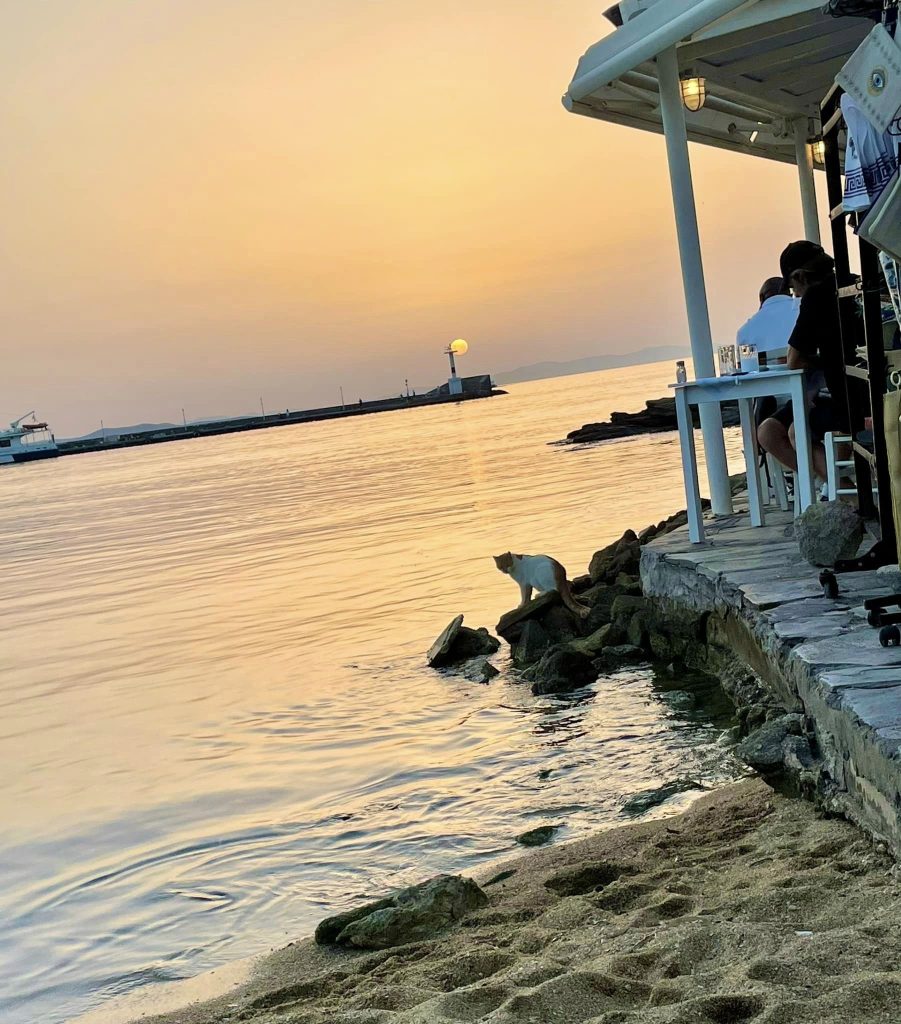
Mykonos boasts lovely Cycladic architecture (whitewashed houses, alleyways, and chapels). It exudes a cosmopolitan vibe with luxury accommodations and services.
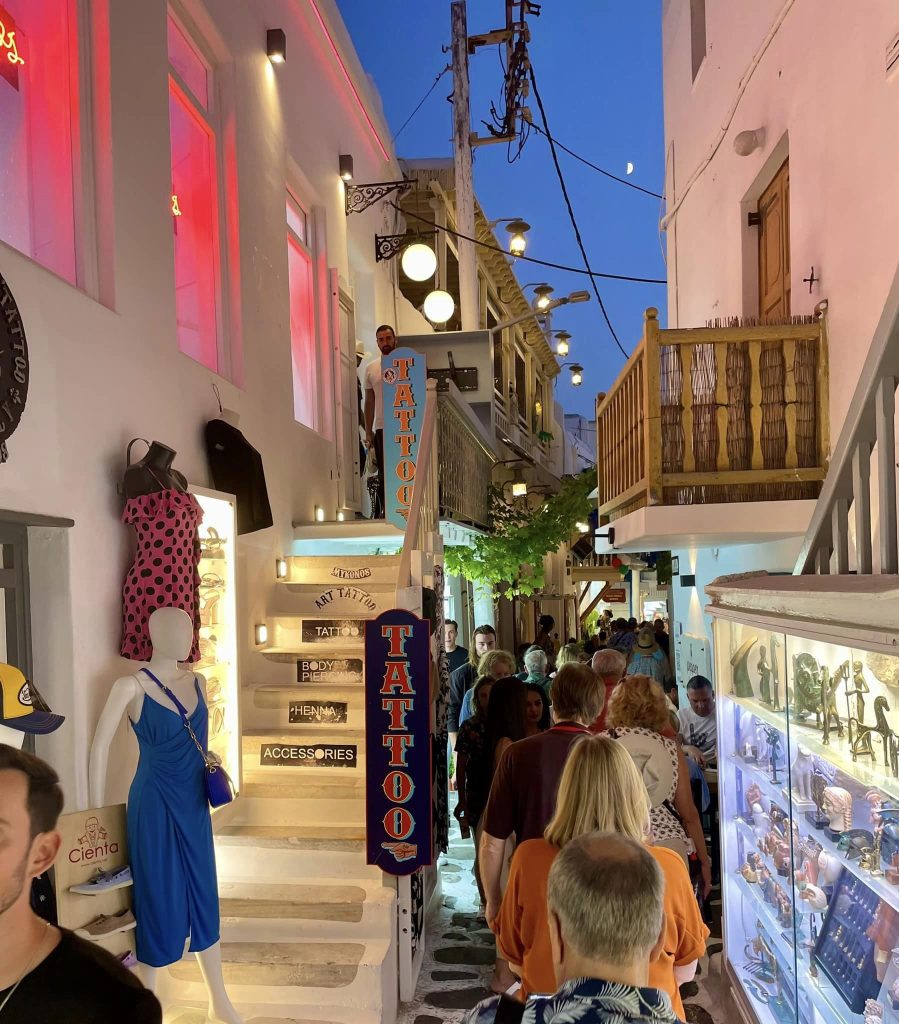
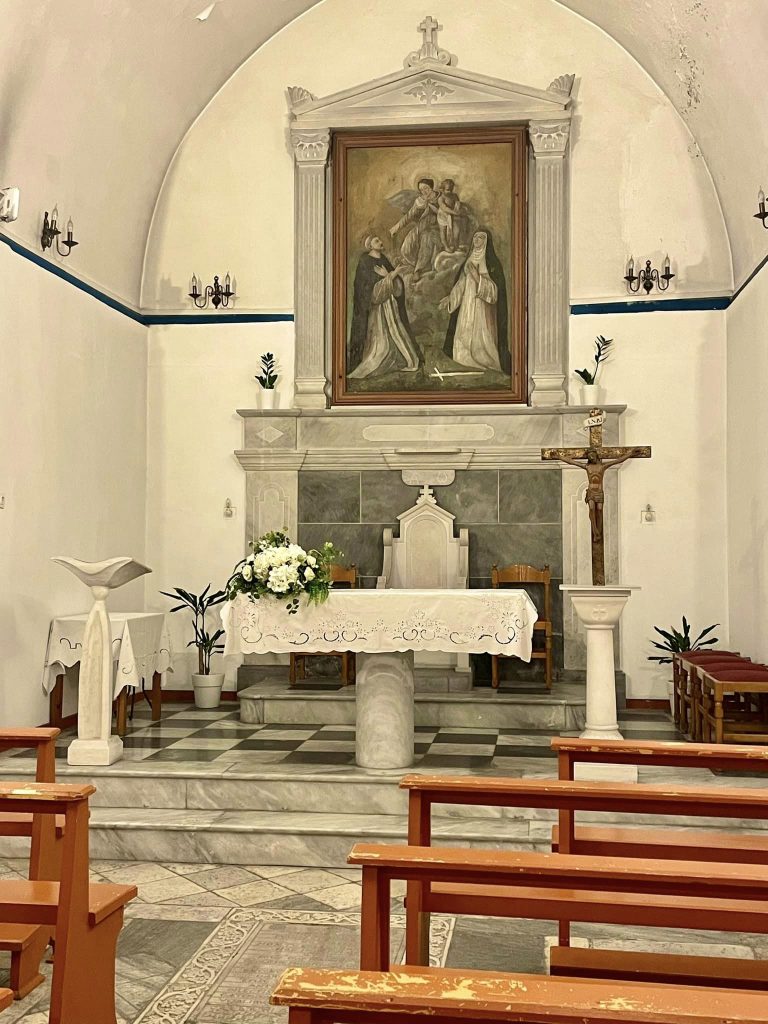
Mykonos boasts beautiful, sandy beaches and internationally acclaimed restaurants. The seafood is amazing! I usually do not photograph food, but this shrimp dish stared back at me. Ha!
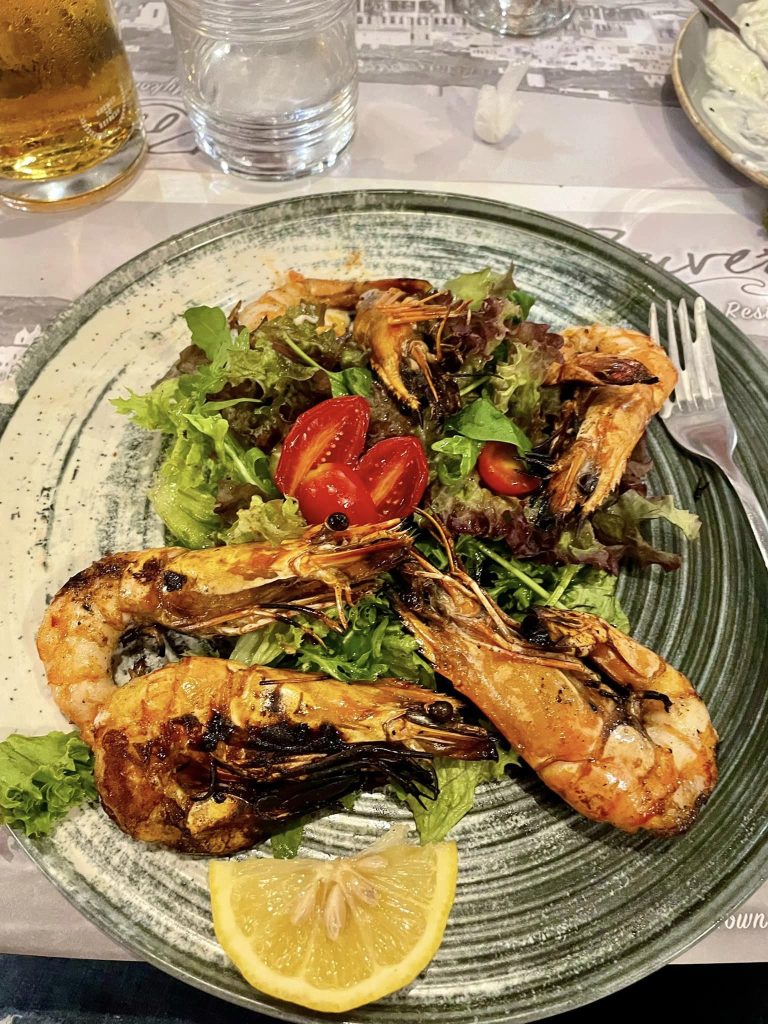
Visiting Mykonos during one of its breathtaking sunsets is best. It offers colorful, excellent photo opportunities of the Aegean Sea.
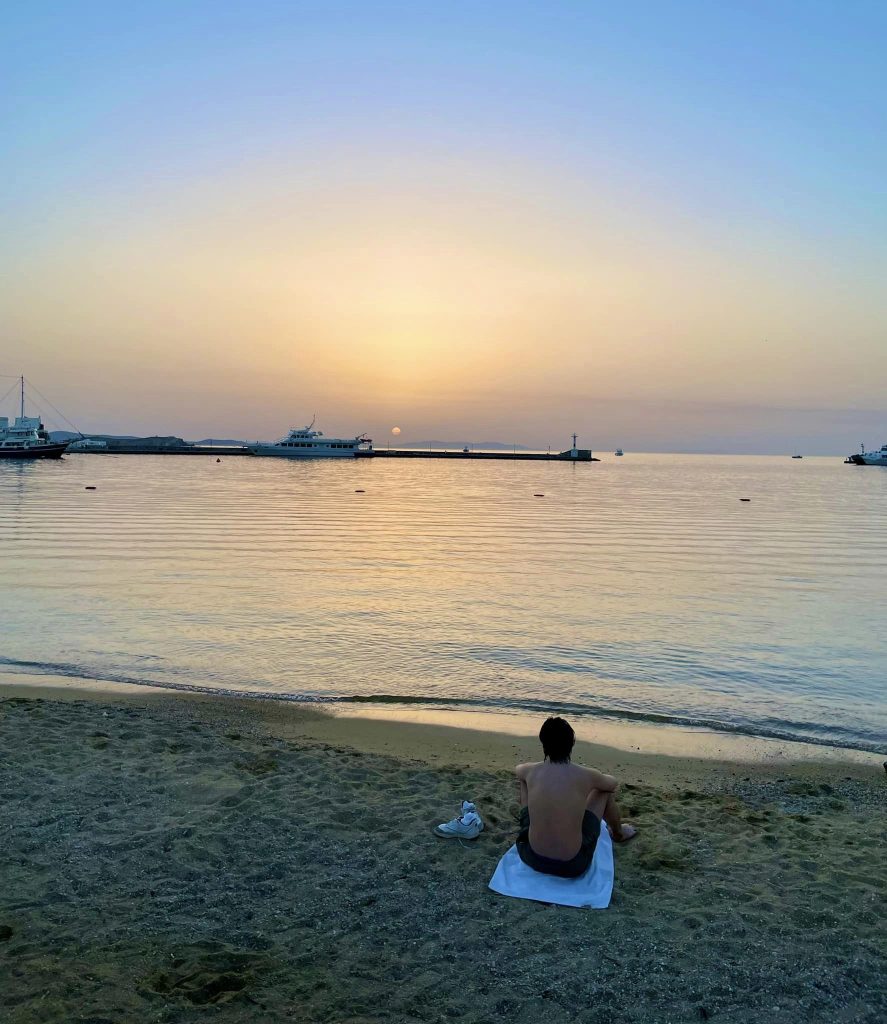
This amazing place offers sunsets that you simply cannot beat.
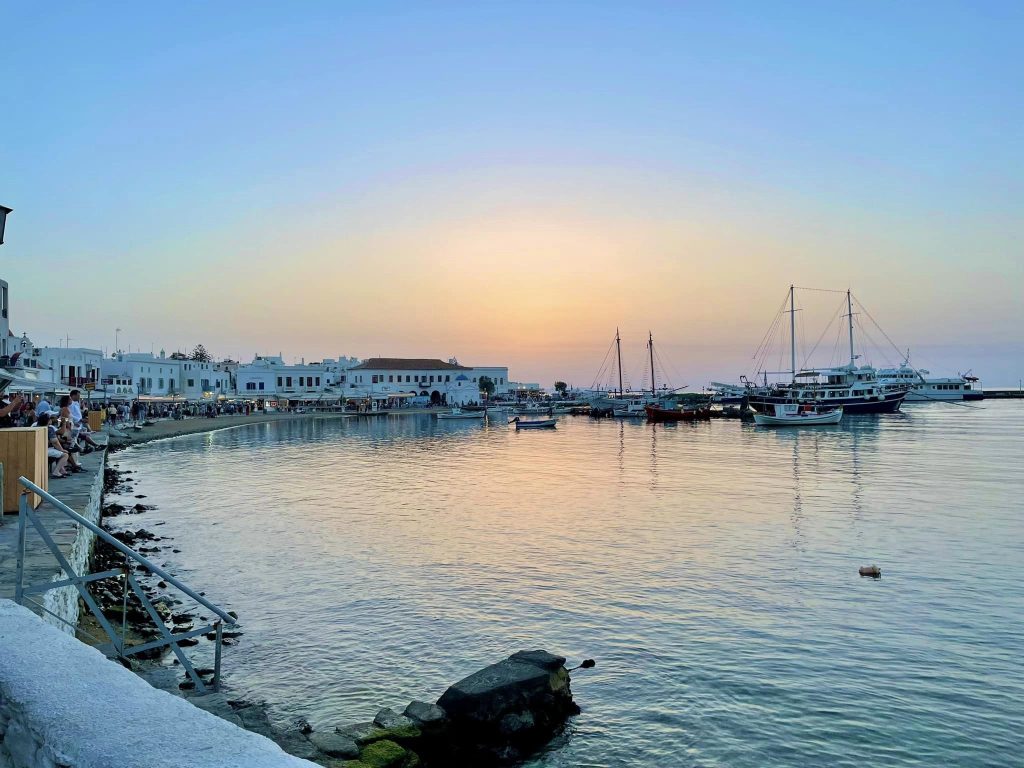
Cruising the Greek Islands
We embarked on a 3-day Mediterranean cruise among the Greek Islands. Taking iconic phots was easy with the crystal clear weather and breathtaking vistas.
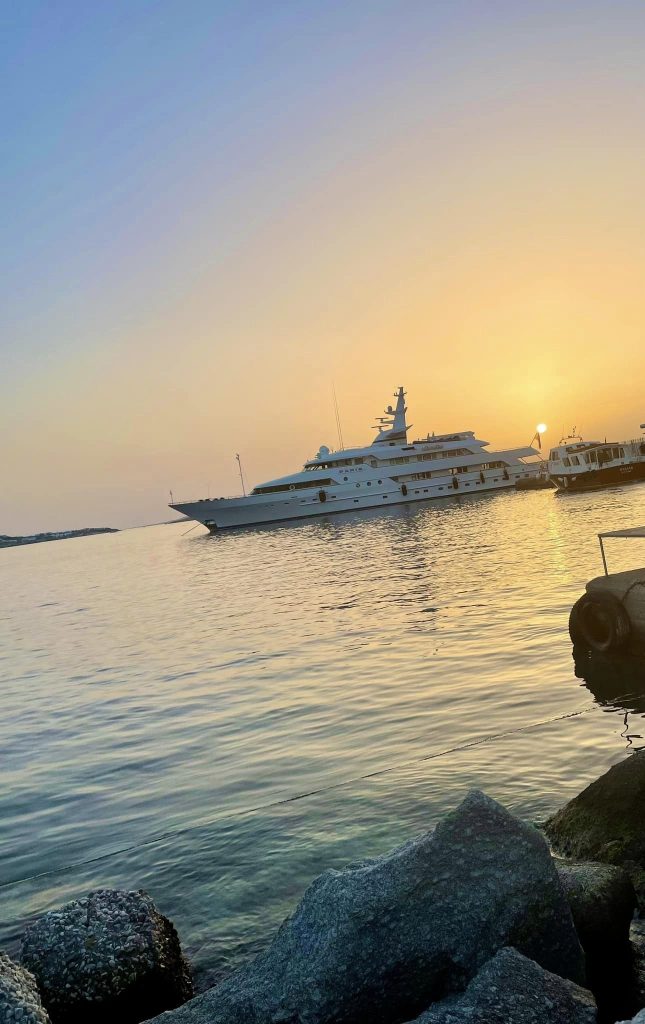
If you are planning an island cruise, there is no “formal night” on the ship. Eating in the main dining room calls for dinner long pants but no shorts.
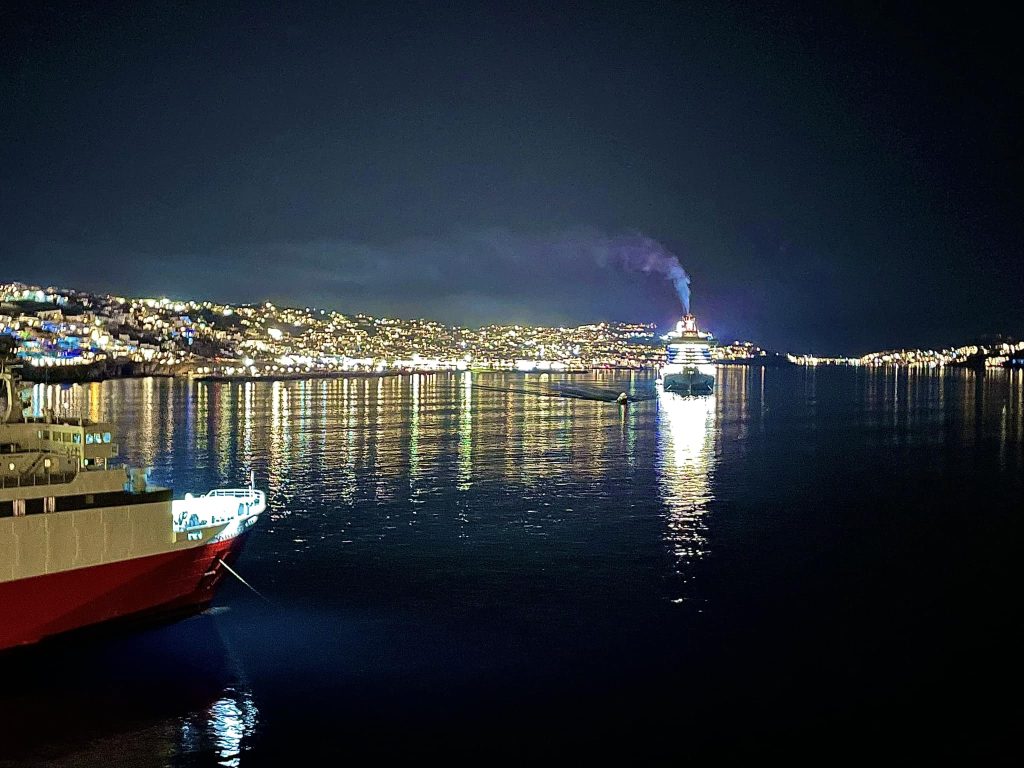
As with any cruise, a photography session on a ship can present windy conditions and flying dresses. Waiting until the ship is docked drastically eliminates high wind issues.
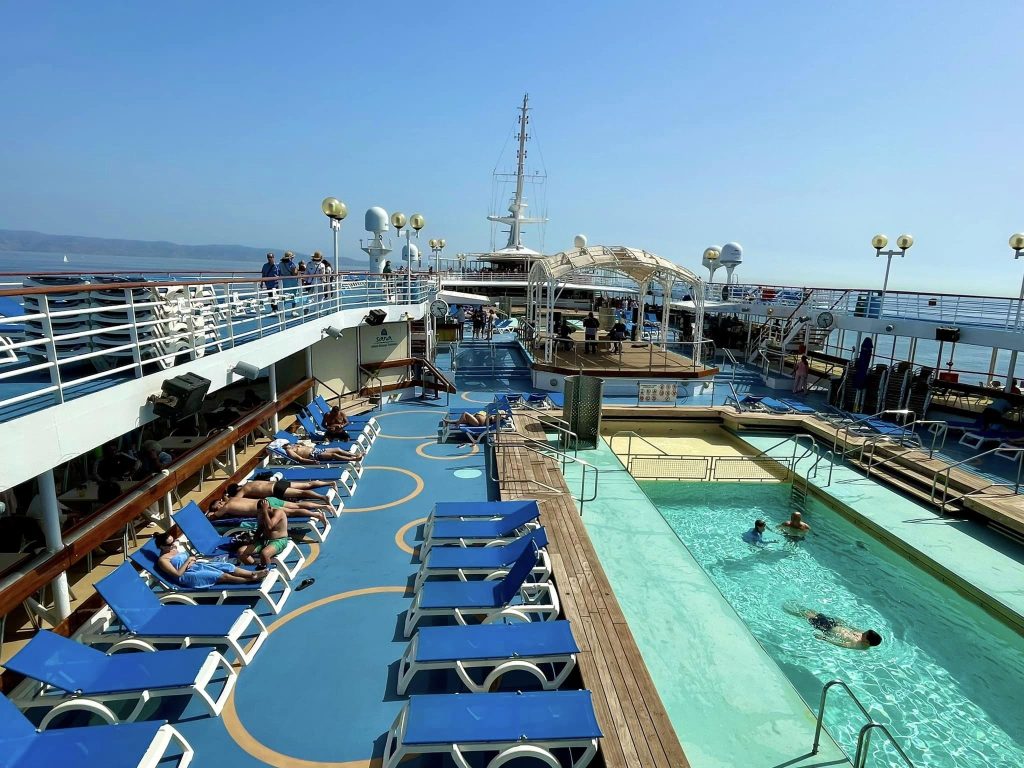
If your Greek vacation does not include a cruise, make it a bucket list item for your next trip.
Ancient Corinth
The Apostle Paul visited Corinth for the first time at the end of his second missionary journey around 50 AD. The ruins are not as extensive as Ephesus, but still beautiful and moving.
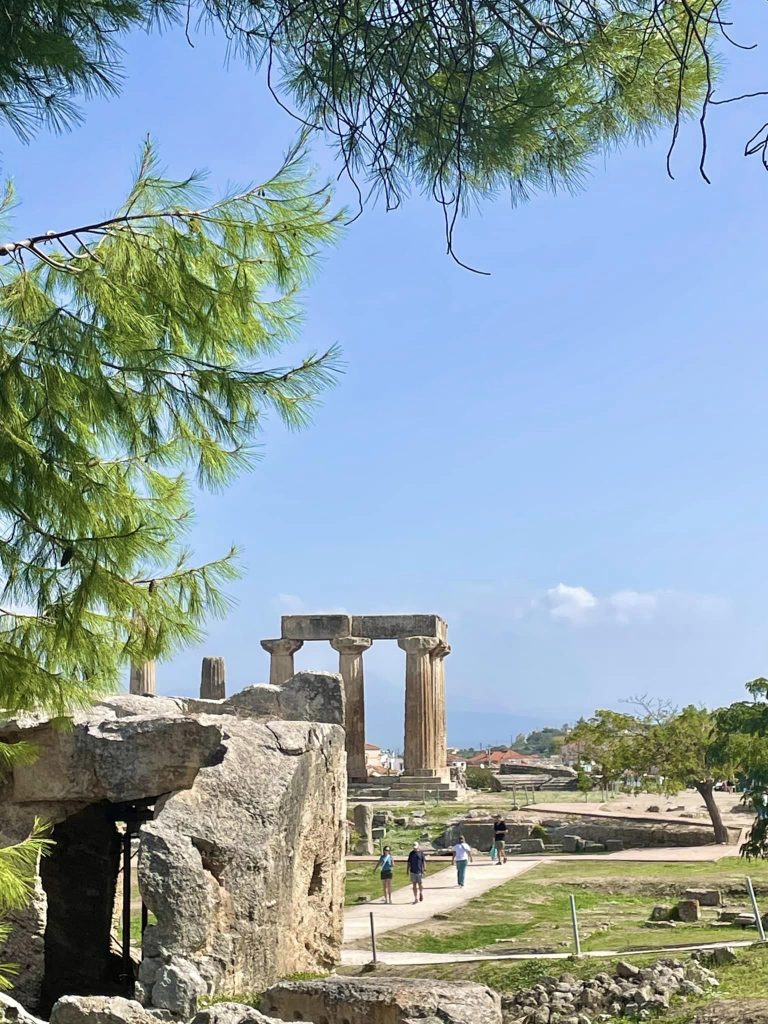
Paul stayed with Jewish tentmakers Aquila and Priscilla for eighteen months while he reasoned in the synagogues and established the Christian Church at Corinth.
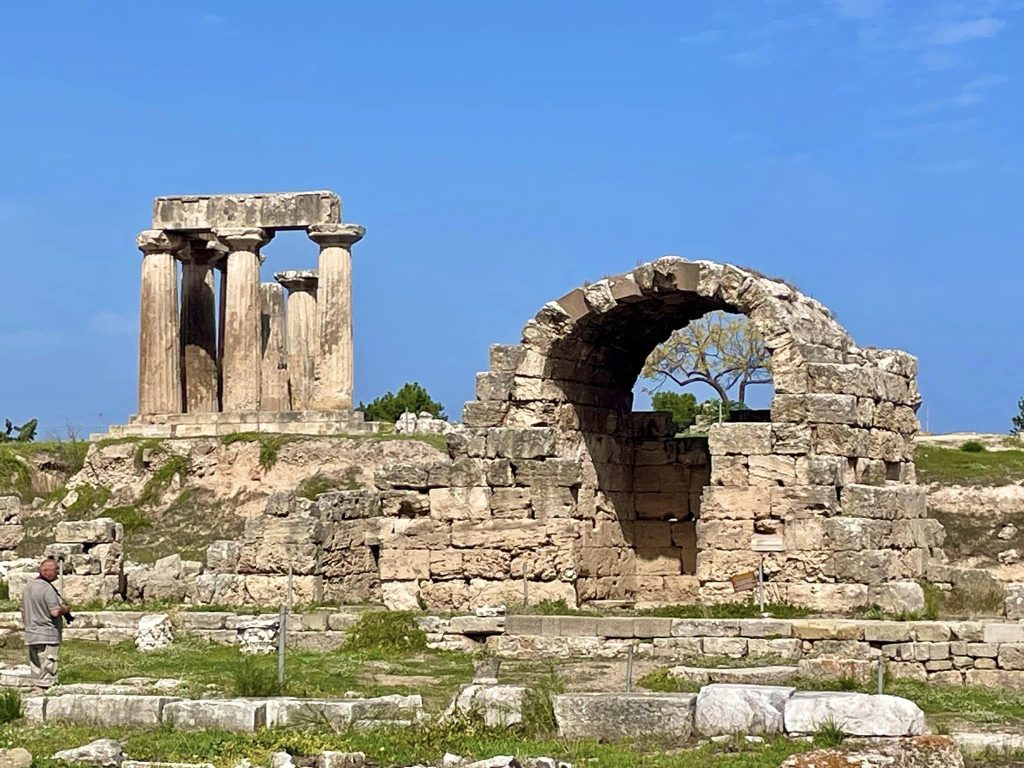
Many ancient relics have been unearthed, restored, and preserved.
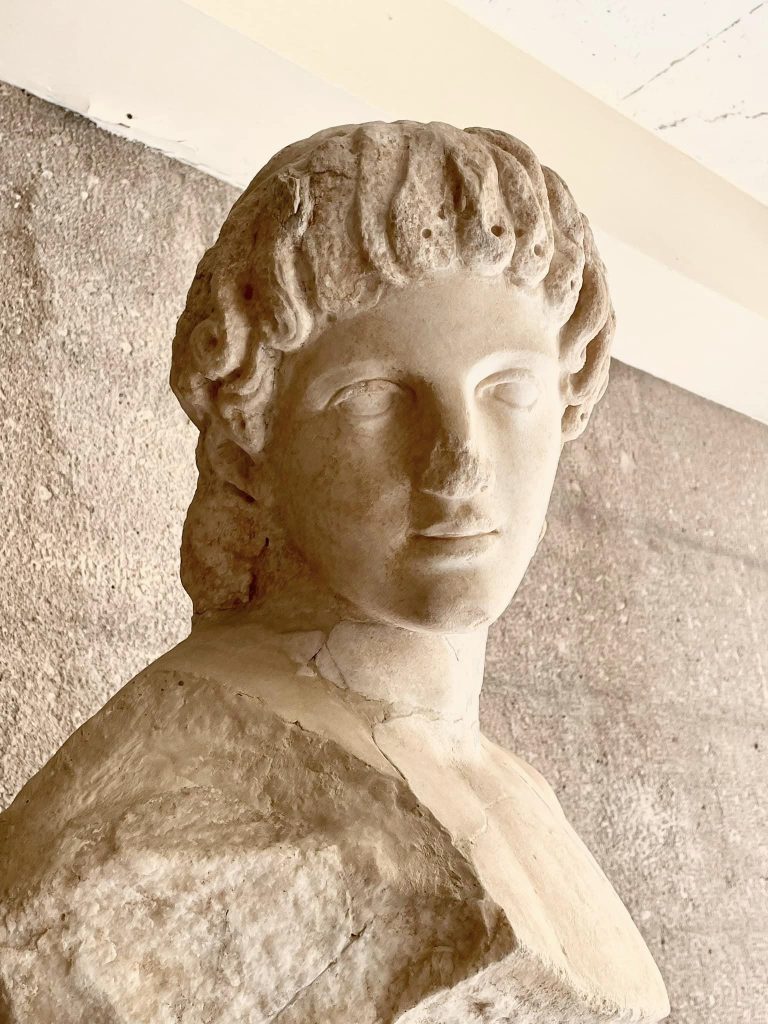
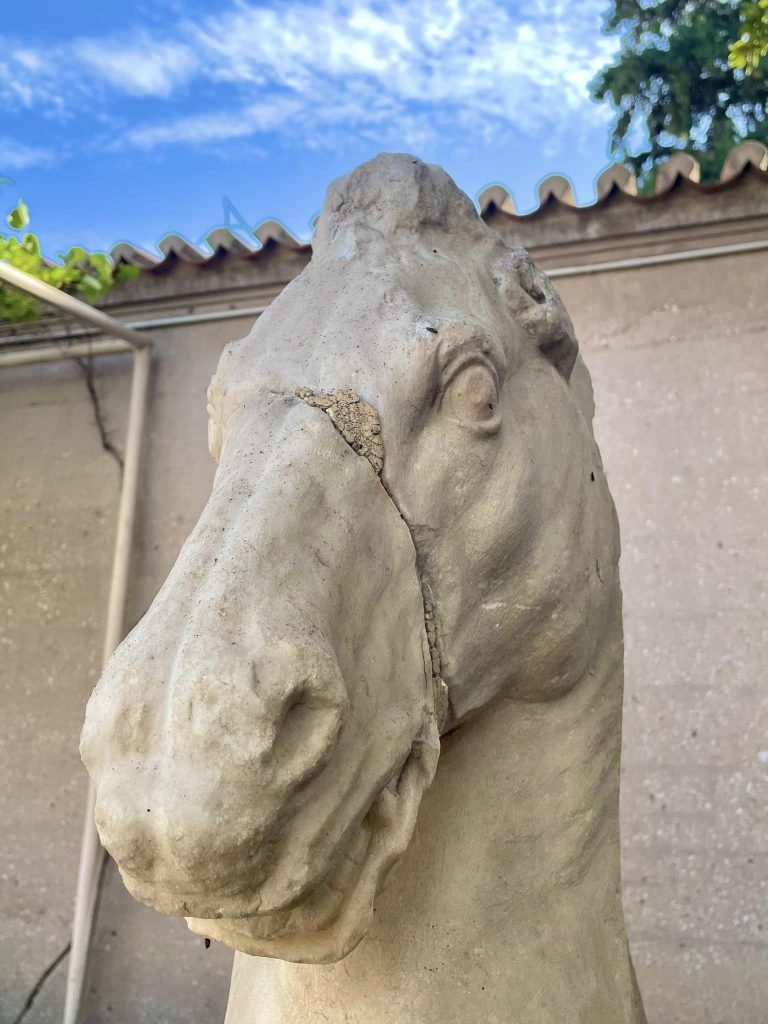
Paul visited Corinth a total of three times over six years and they were dear to his heart. The museum here is well worth a visit with your camera.
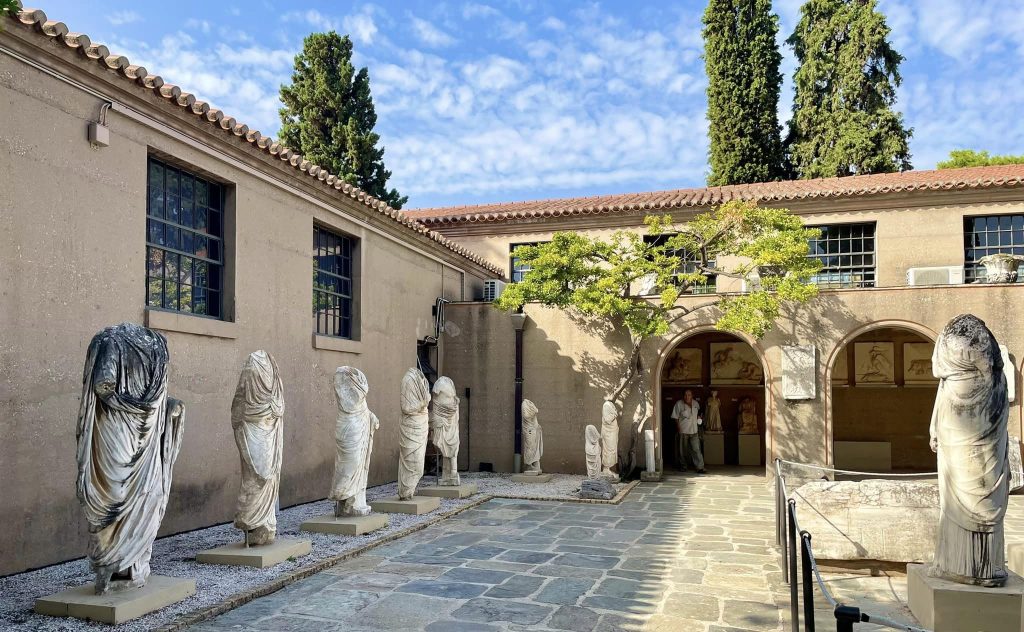
Athens, Greece
As the capital of Greece, Athens boasts a population over five million people.
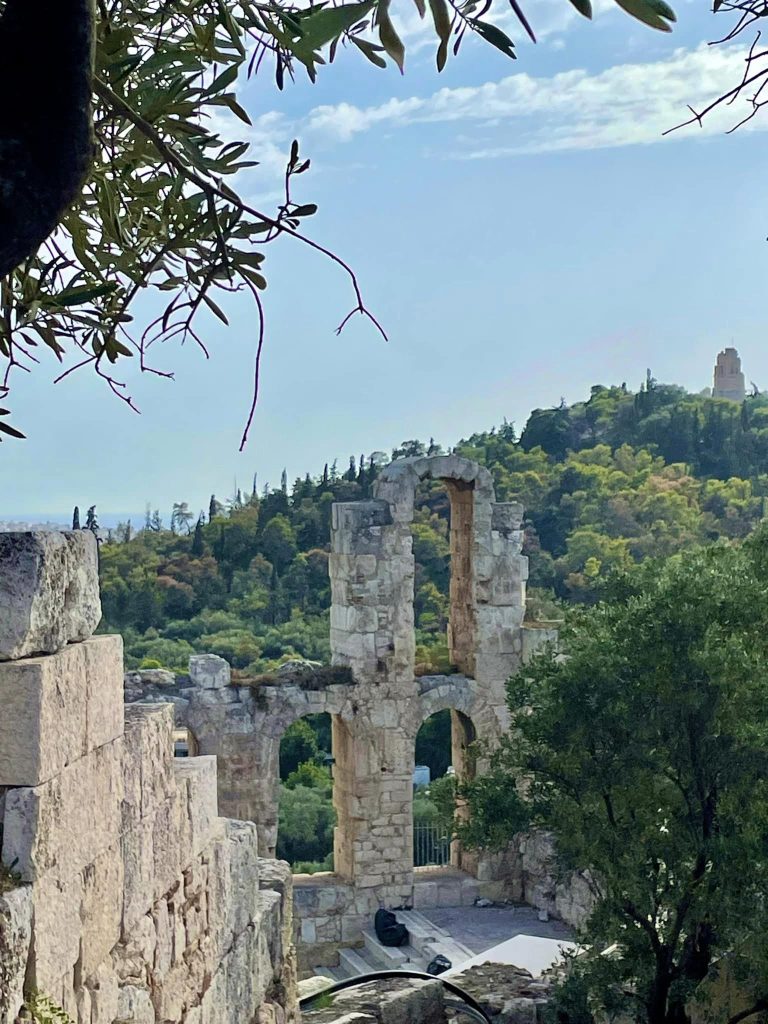
Filled with vineyards, farmlands, and a beautiful coastline, Athens is a must-stop for any Greece photography trip.
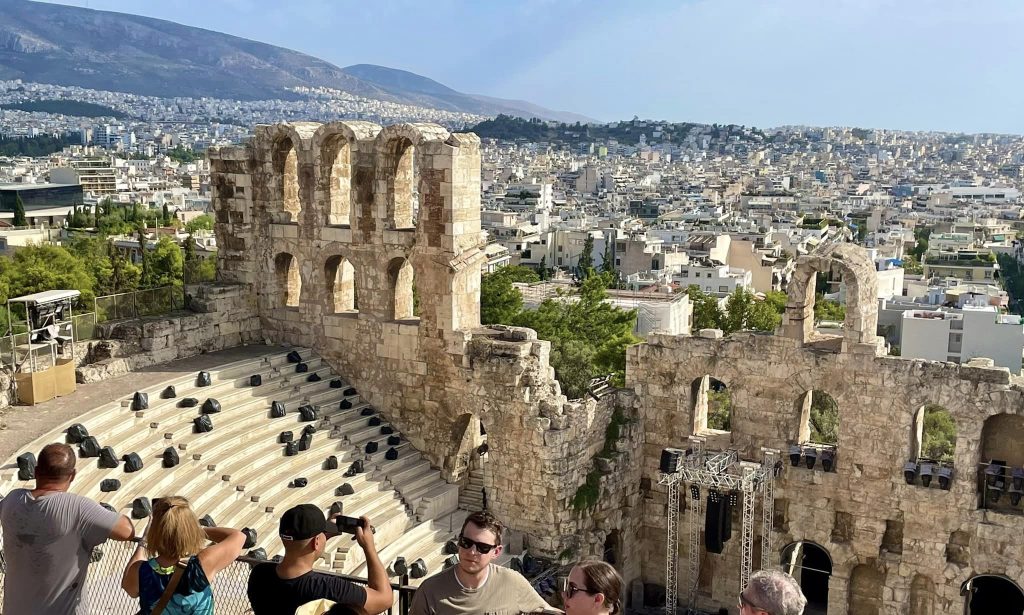
Home of Plato, Socrates, Pericles, Euripides, Sophocles, Aeschylus, Athens is one of the world’s oldest cities. Its recorded history spans around 3,400 years and it has been inhabited since the 11th millennium BC.
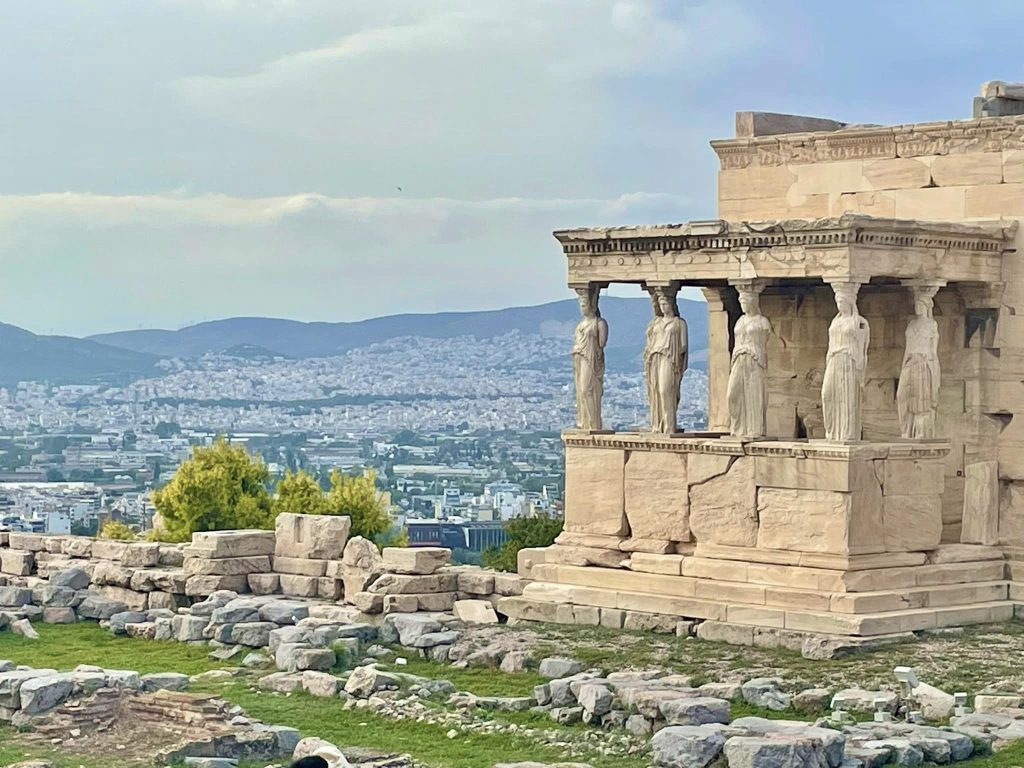
The Acropolis
The Acropolis is a collection of ancient ruins that sit on a hill above the modern city of Athens, Greece. Be prepared for a hike if you are carrying a lot of photography gear! You must purchase tickets well in advance.
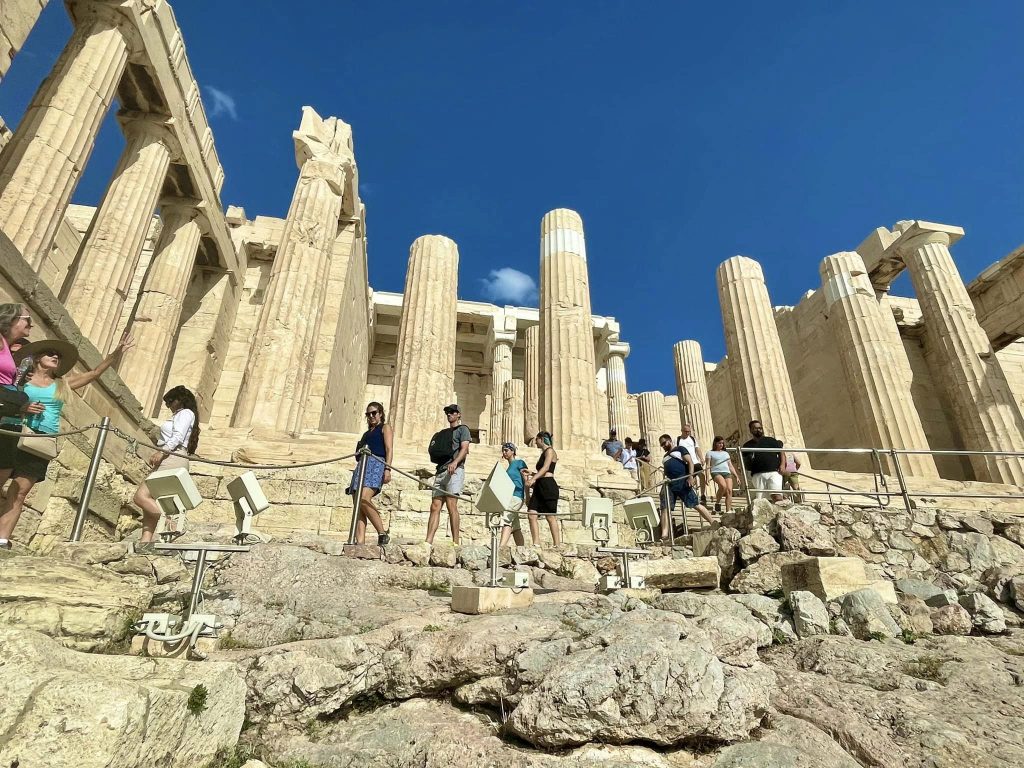
The Acropolis also became the home of the patron goddess of wisdom, Athena. It has remained on top of the hill since it was built in the 5th century BC, surviving all kinds of human and natural disasters.
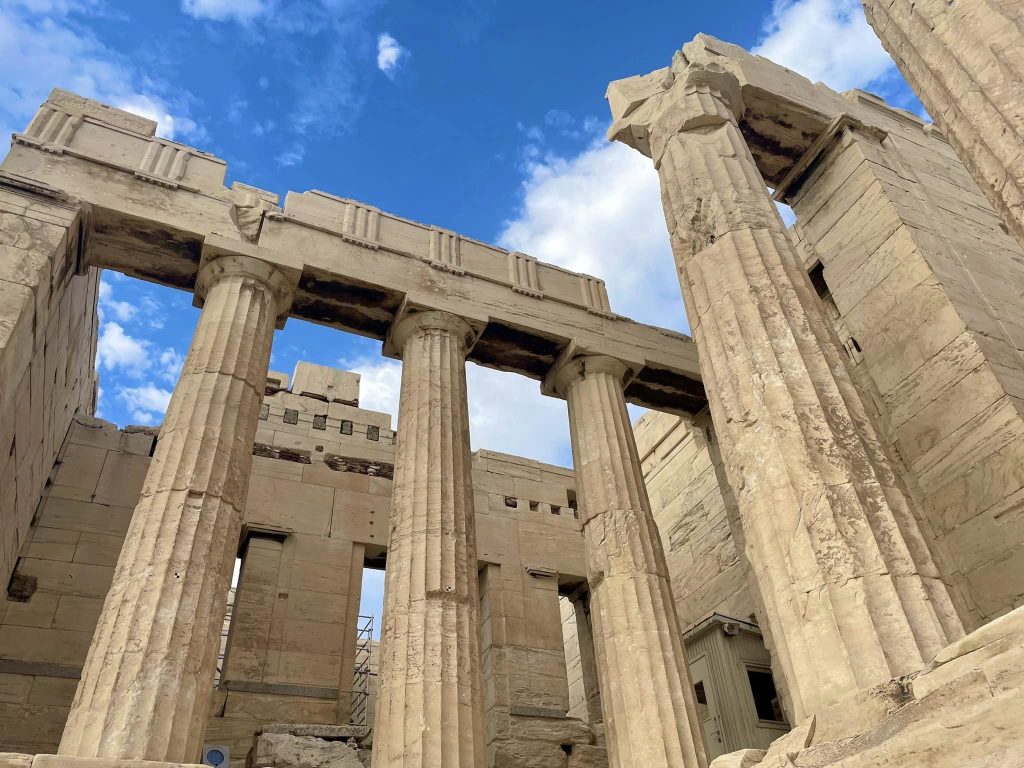
Throughout the centuries, the Acropolis has been considered a place of architectural and artistic beauty.
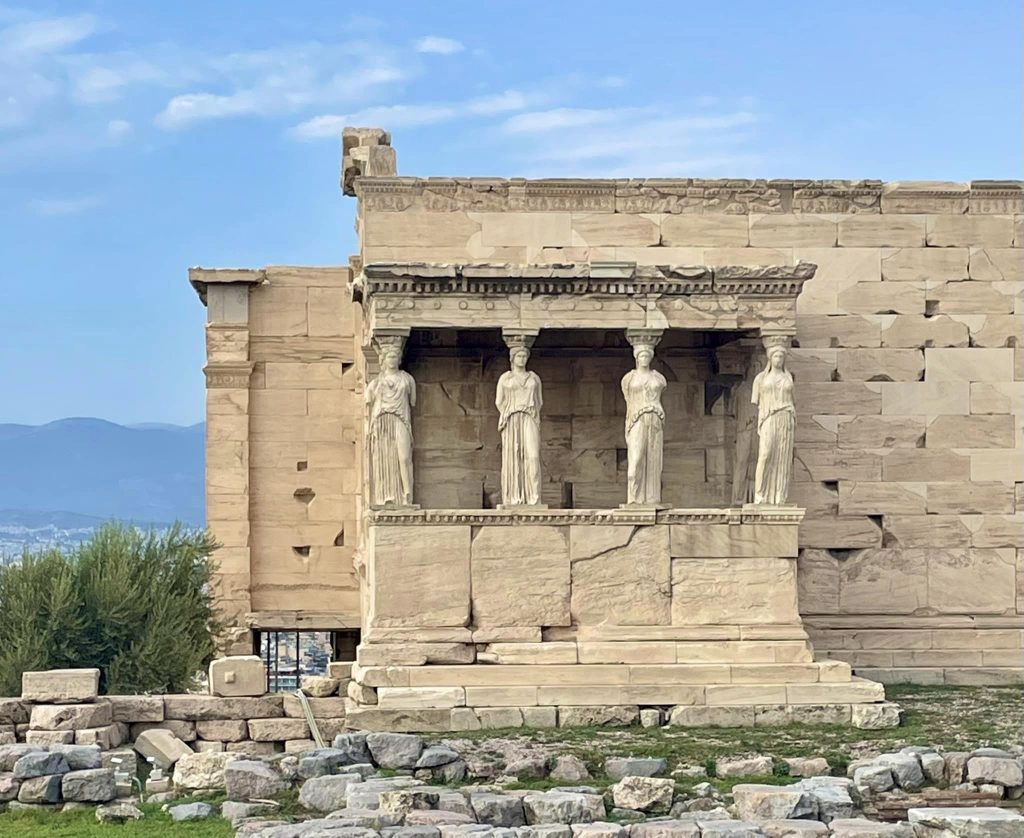
The Parthenon
The Parthenon is the most recognizable portion of the Acropolis. When the Acropolis’ temple was built, it was to celebrate Athens’ prowess against the Persian army.
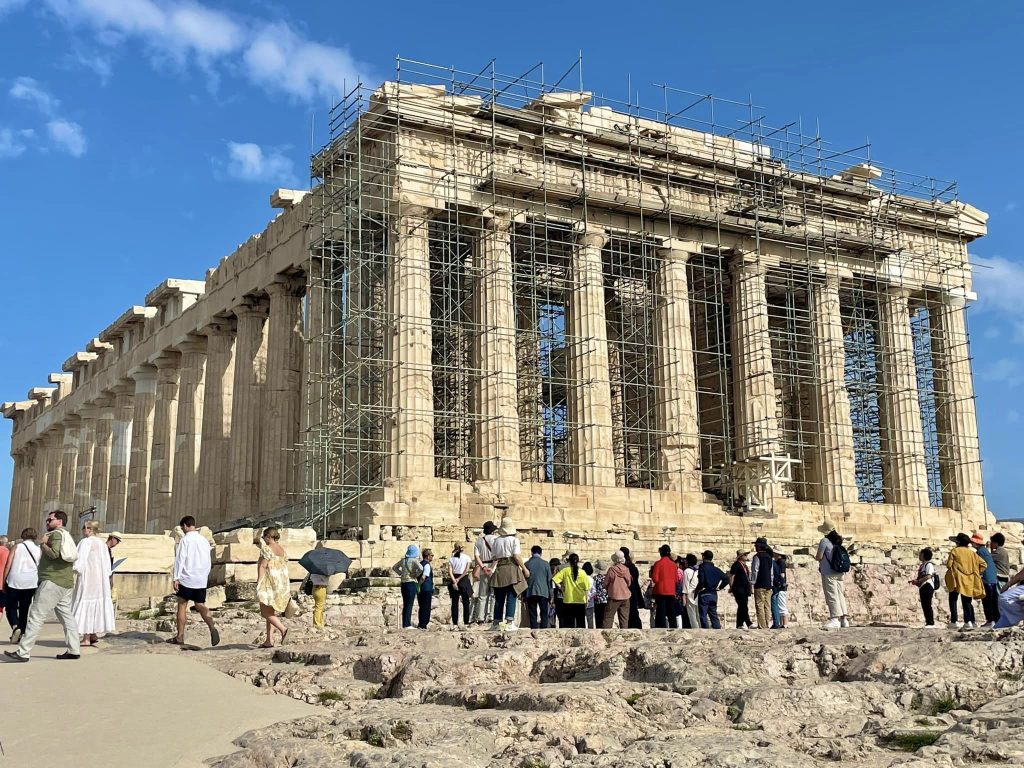
The temple is generally considered to be the culmination of the development of the Doric order, the simplest of the three Classical Greek architectural orders.
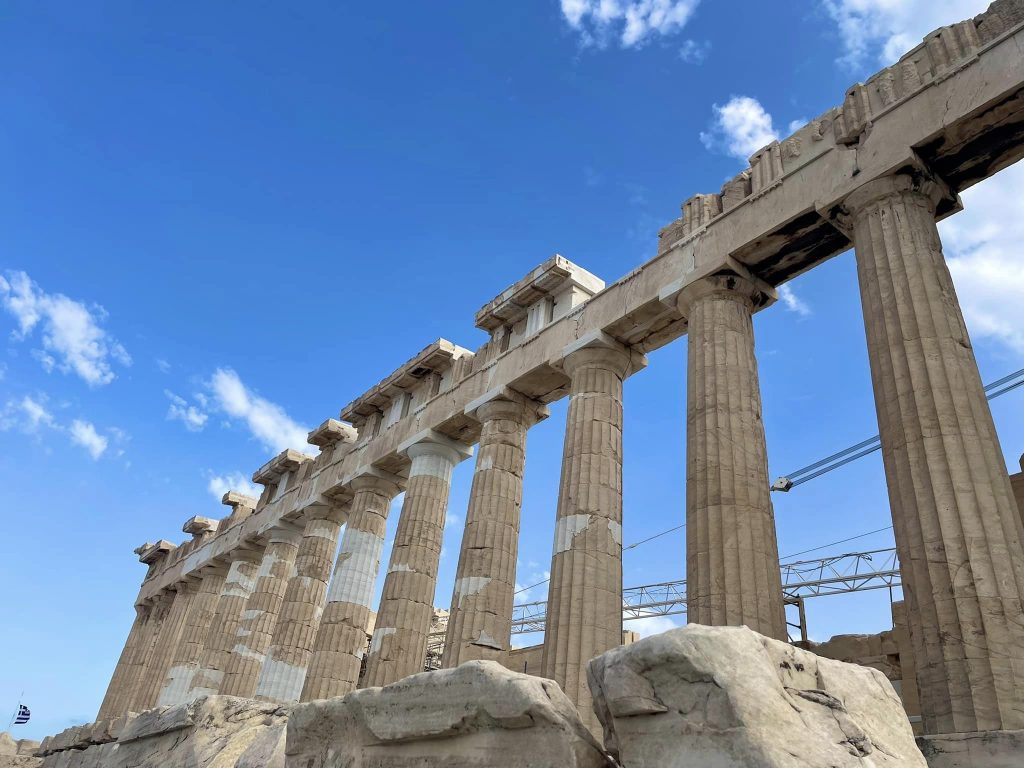
The Parthenon was part of a magnificent rebuilding program directed by the Athenian statesman Pericles, following the sack of the Acropolis during the Greco-Persian Wars (492–449 BC).
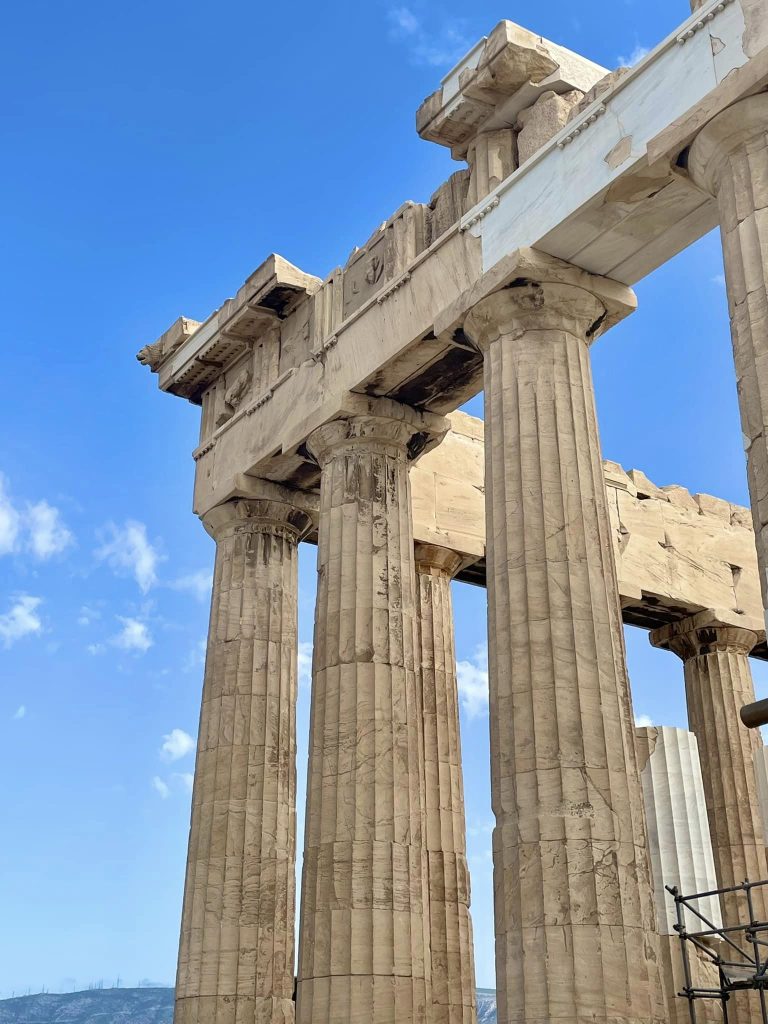
As a UNESCO World Heritage site, the Parthenon is breathtaking in both daytime and nighttime. It is so well lit at night that I snapped the photo below with my iPhone from my hotel.
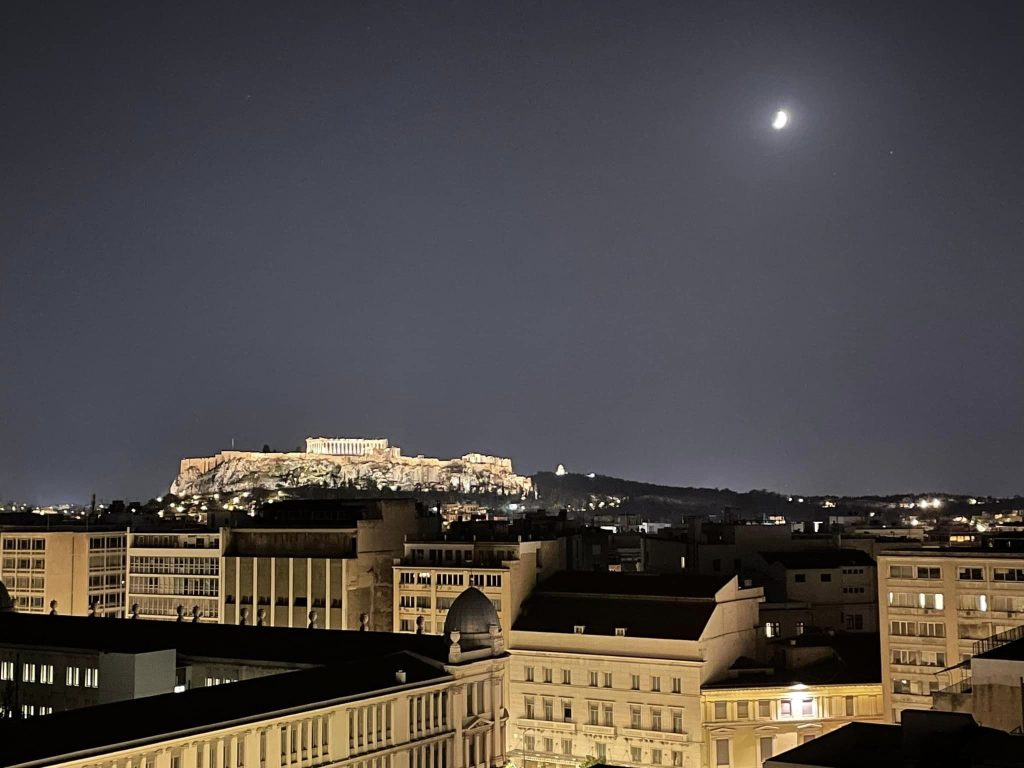
Crete, Greece
Ancient Crete is the place where the Minoan civilization, one of the most important civilizations of the world (2600-1150 BC), started. And this island is a beauty!
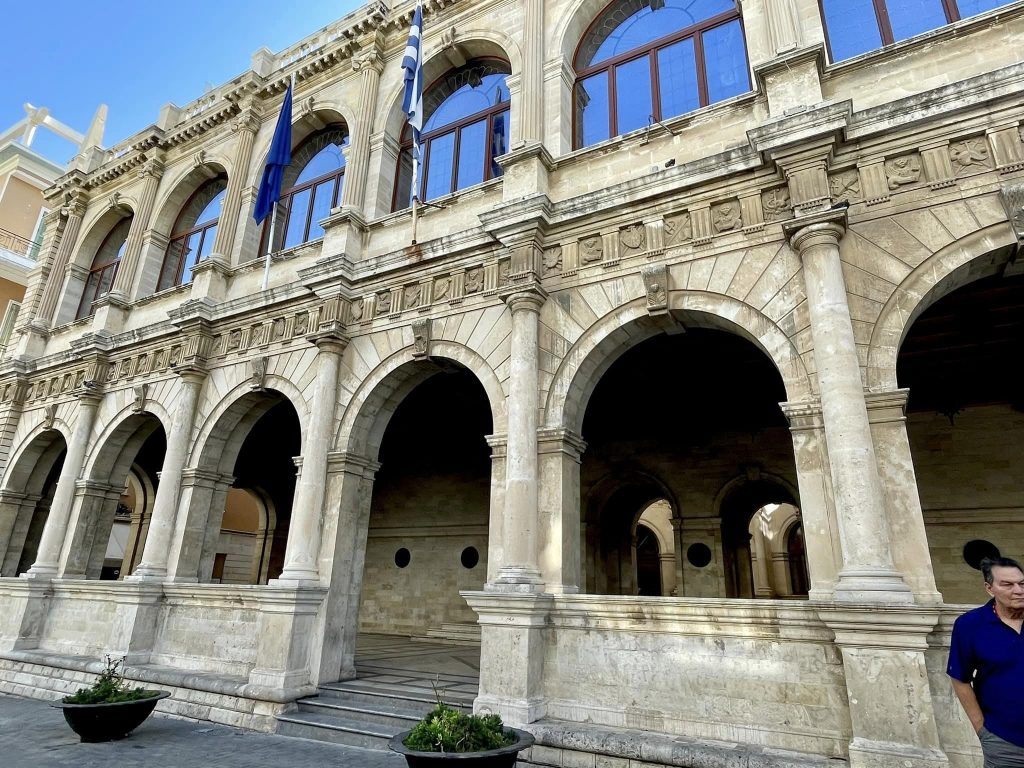
Crete is the fifth largest island in the Mediterranean and the largest of the islands forming part of modern Greece.
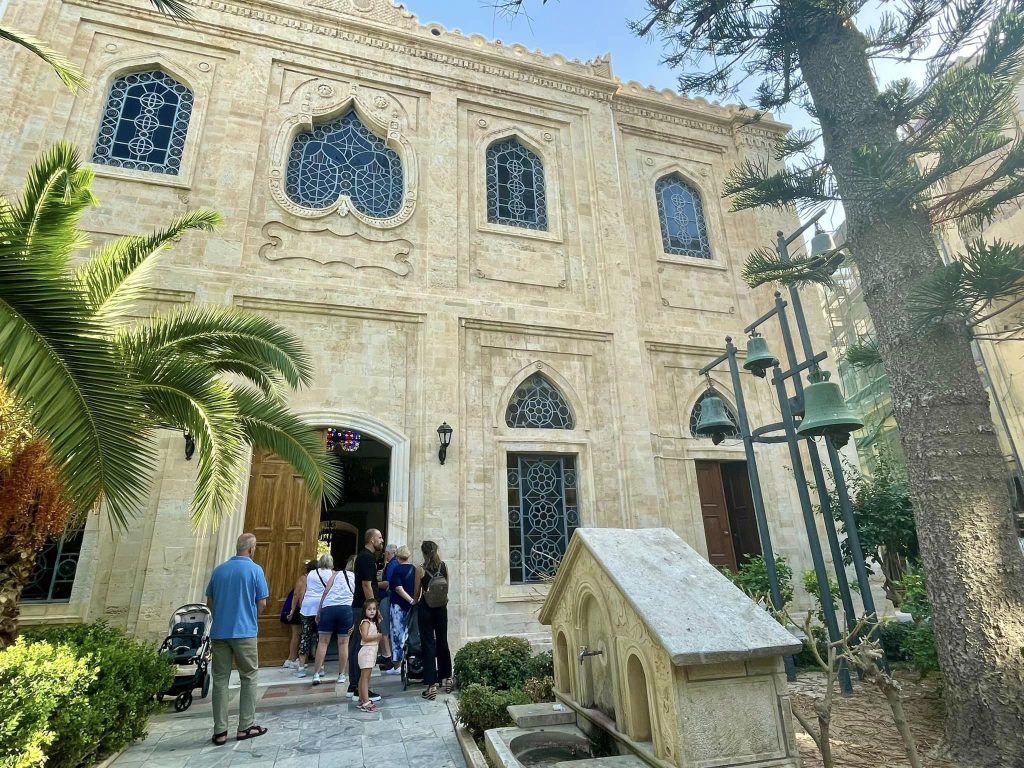
The population consists almost entirely of Cretans who speak Greek and belong to the Greek Orthodox Church. English, German, and French are also spoken by many of the younger and urban Cretans. Our guide was a native of Crete and spoke very good English.
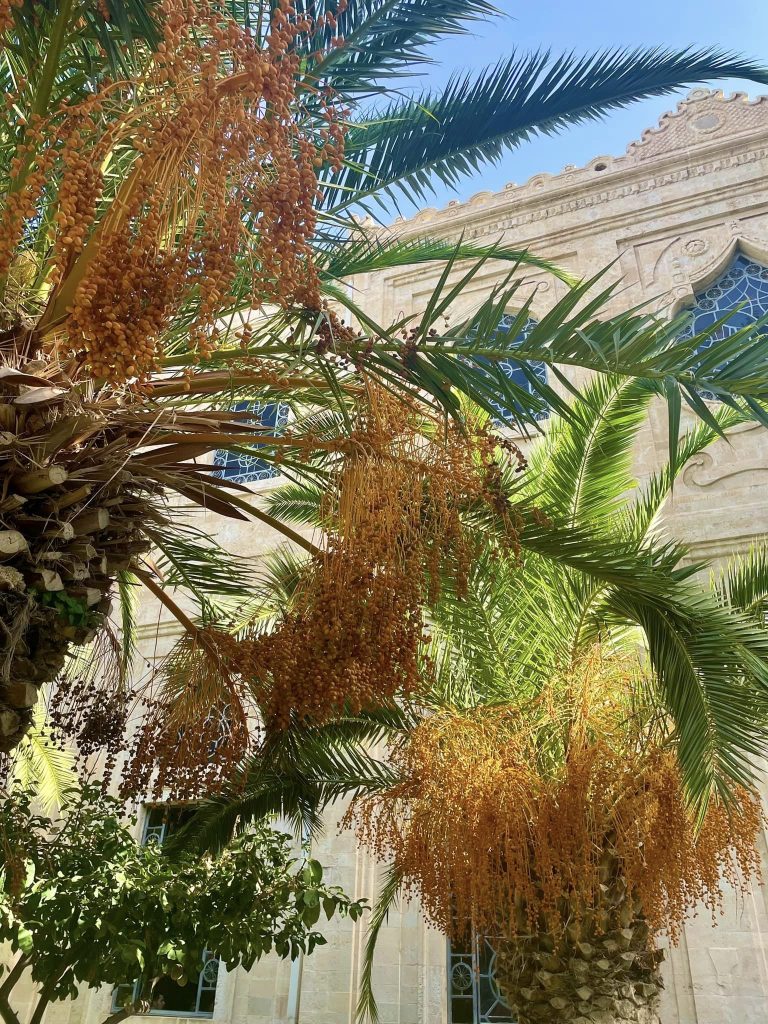
Knossos Palace
The Knossos Palace was the center of Minoan civilization and capital of Minoan Crete. As a major center of trade and the economy, Knossos maintained ties with the majority of cities in the Eastern Mediterranean.
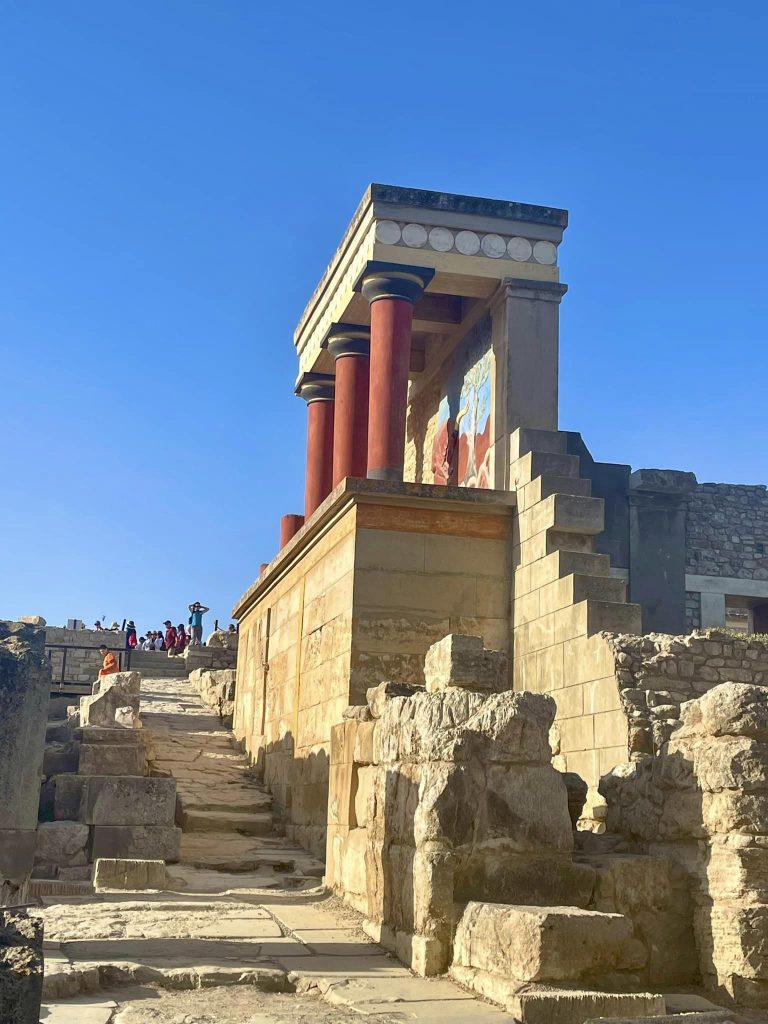
Knossos flourished for approximately two thousand years. It had large palace buildings, extensive workshop installations and luxurious rock-cut cave and tholos tombs.
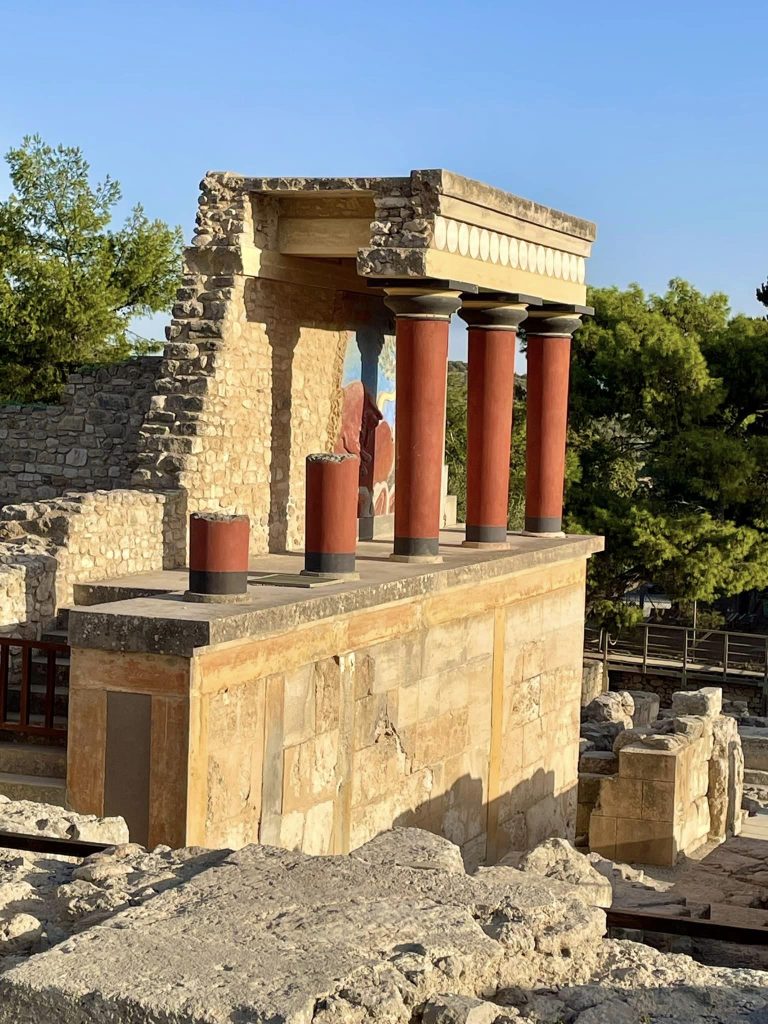
The Minoan palace was an important city in antiquity, which was inhabited continuously from the Neolithic period until the 5th century AD. The palace was built on the Kephala hill and had easy access to the sea and the Cretan interior.
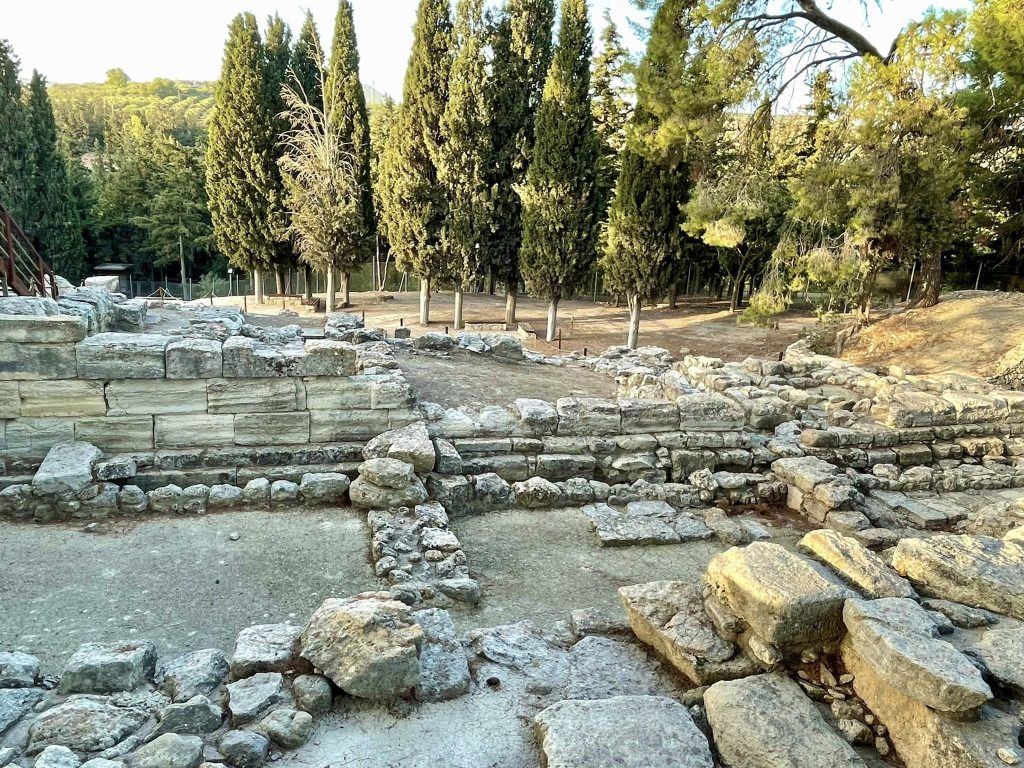
According to tradition, it was the seat of the wise king Minos. The Palace of Knossos is connected with thrilling legends, such as the myth of the Labyrinth, with the Minotaur, and the story of Daidalos and Ikaros.
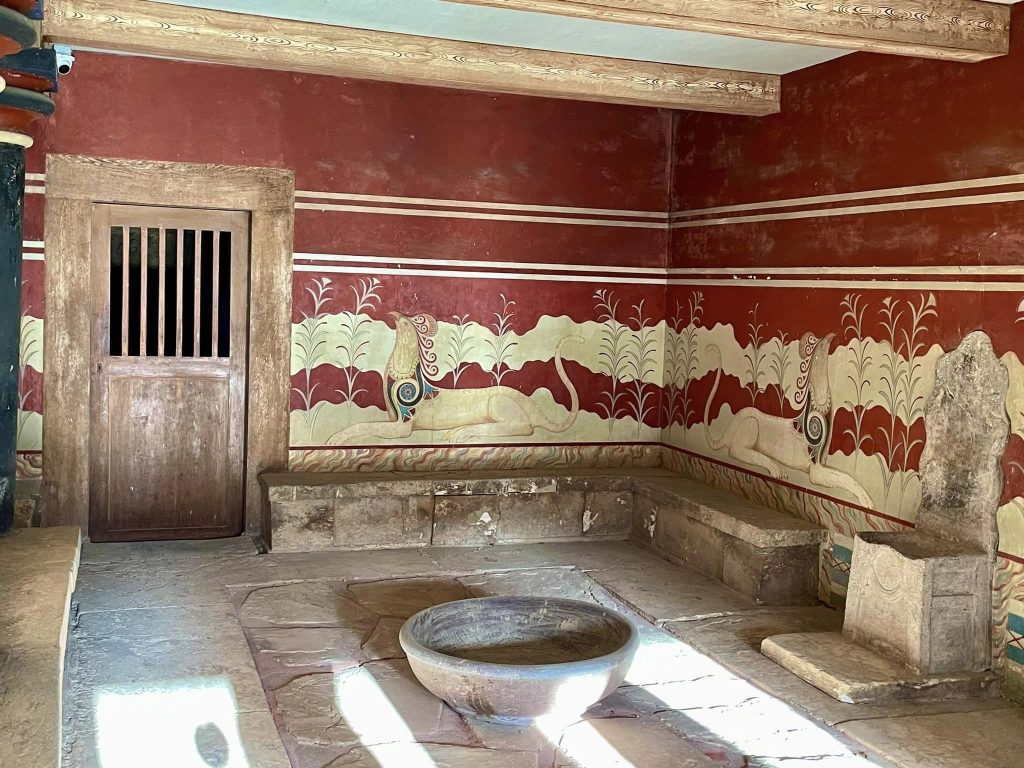
Delphi, Greece
Delphi lies in the heart of the breathtaking Parnassus mountains. Ancient Greeks believed that Delphi was the Navel of the Earth, a place seen as a spiritual focal point for all Greeks.
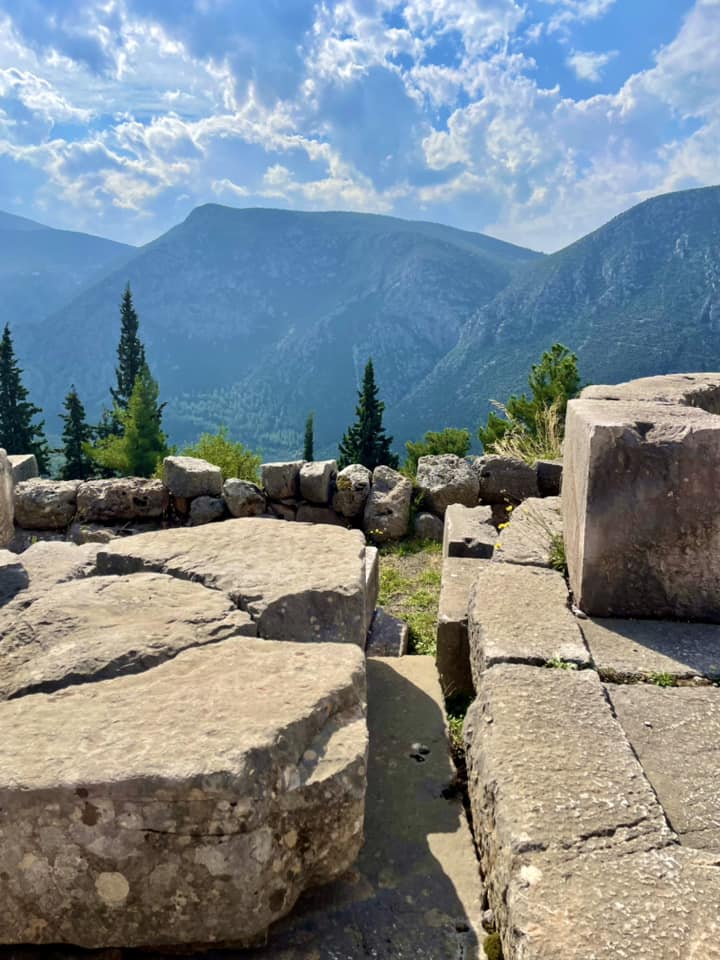
Delphi included many sanctuaries and the most prestigious oracle in all of ancient Greece.
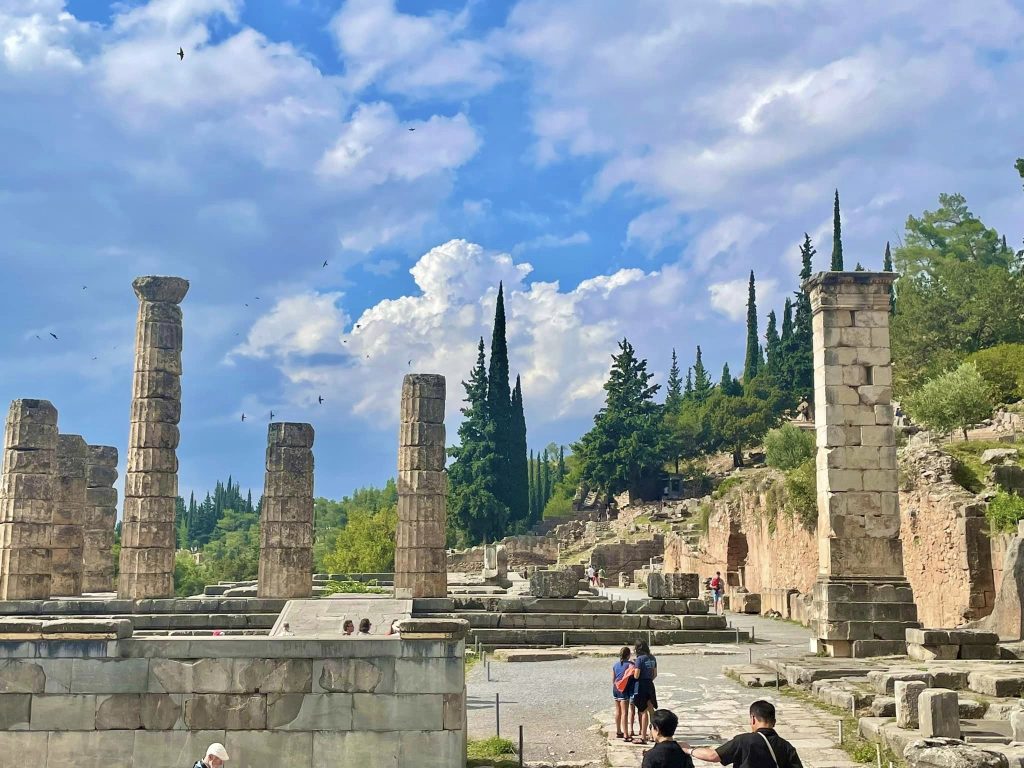
Delphi is now a major archaeological site with well-preserved ruins. It was designated a UNESCO World Heritage site in 1987.
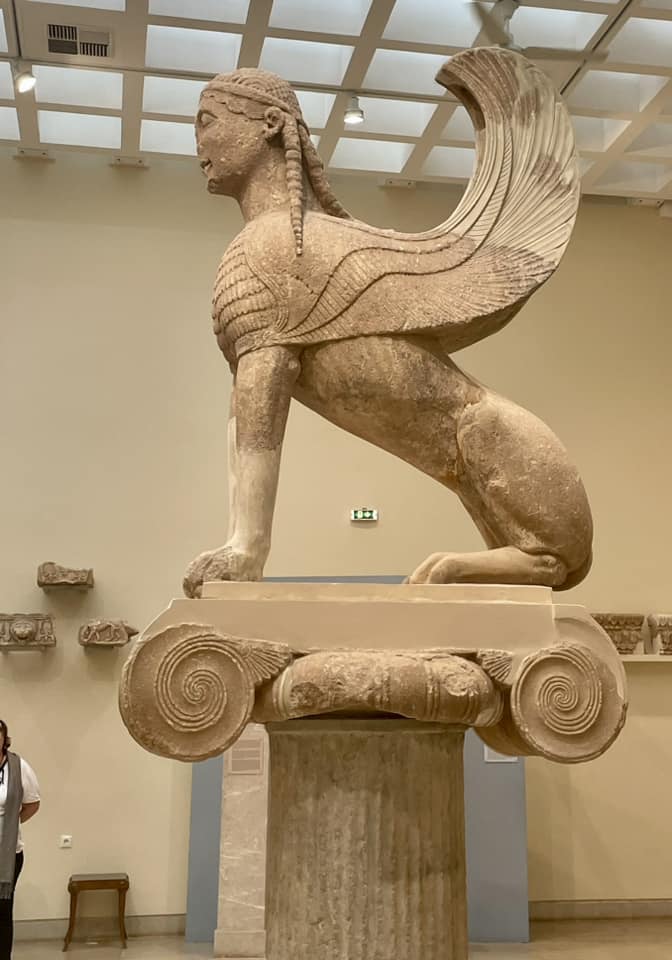
The sweeping landscape and rugged ruins are perfect for any photo shoot! Make sure the weather agrees with your plan, because rain or heavy fog will severely limit panoramic photo opportunities.
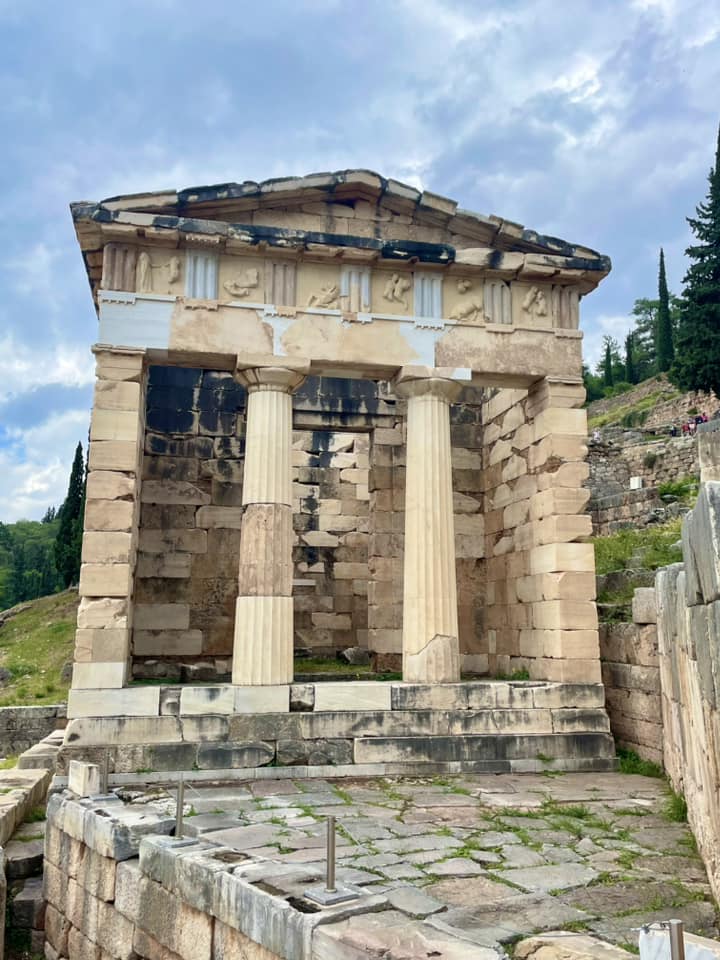
Temple of Apollo
According to legend, the Temple of Apollo is where Pythia, the high priestess, uttered the divine advice of Apollo to mortals who traveled from across the world to seek a prophecy.
Apart from Greeks, the Oracle was visited also by foreign leaders and dignitaries who were anxious to know the will of Apollo on important state affairs.
Thessaloniki, Greece
The thriving city of Thessaloniki is the second largest city in Greece.
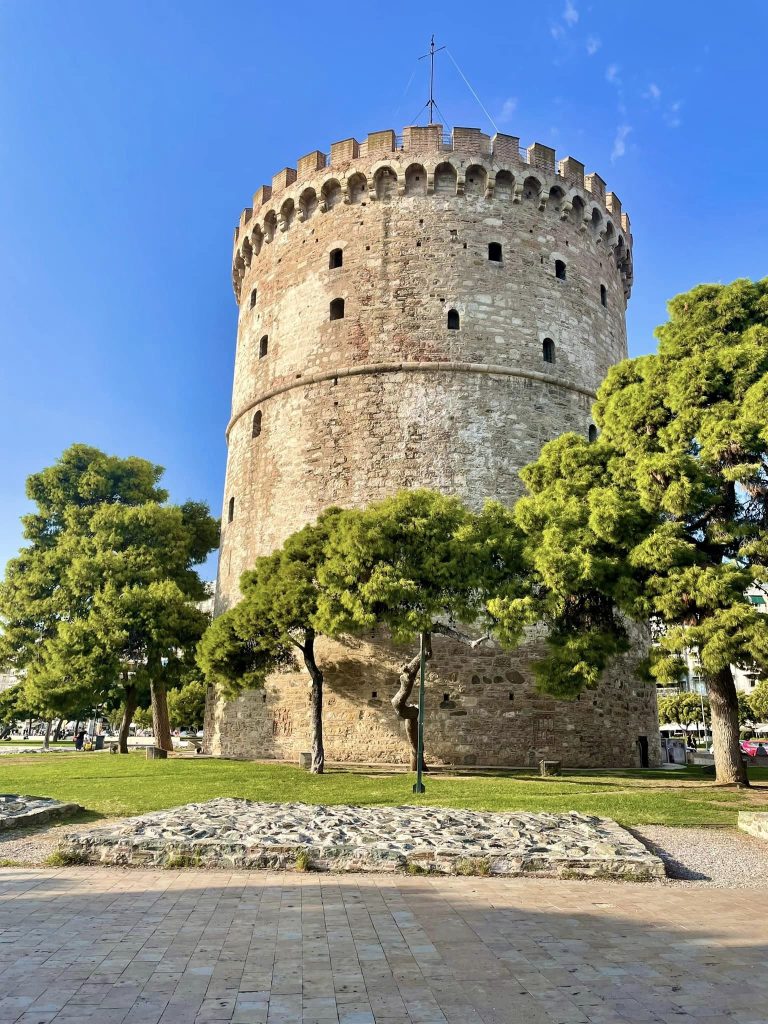
The Old City is situated by the sea and provides beautiful expanses of walking and community areas. Alexander the Great rides high on a horse overlooking the harbor.
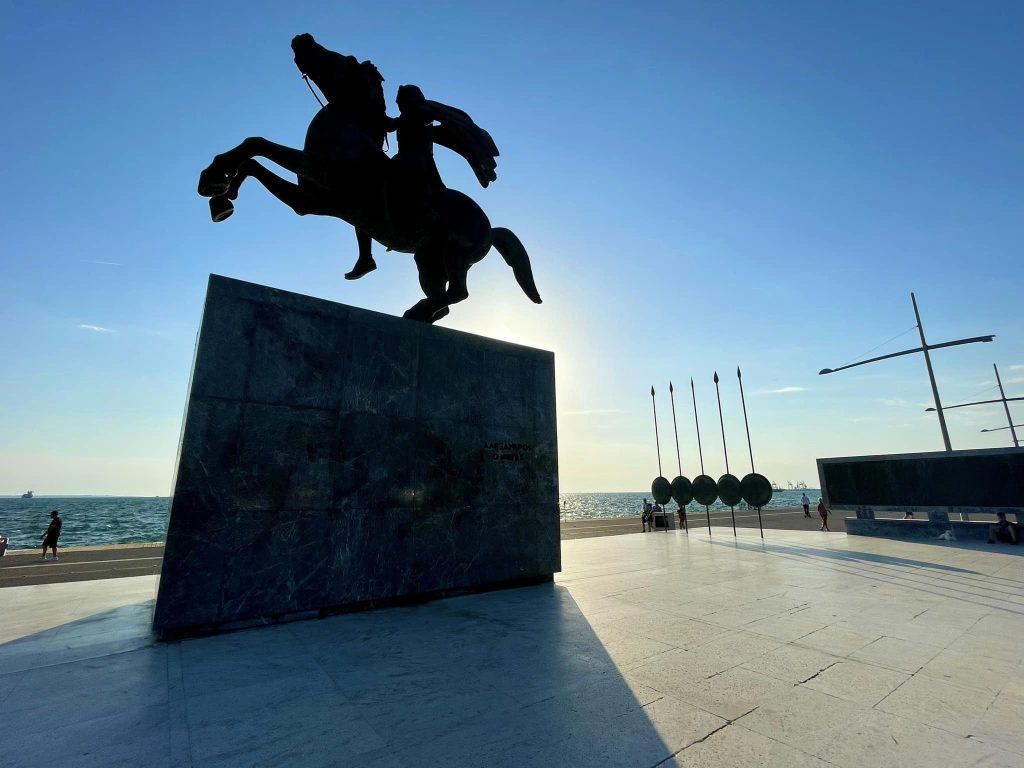
Ancient Philippi
Ancient Philippi is an incredible archaeological site in Macedonia where Paul visited during his second missionary journey.
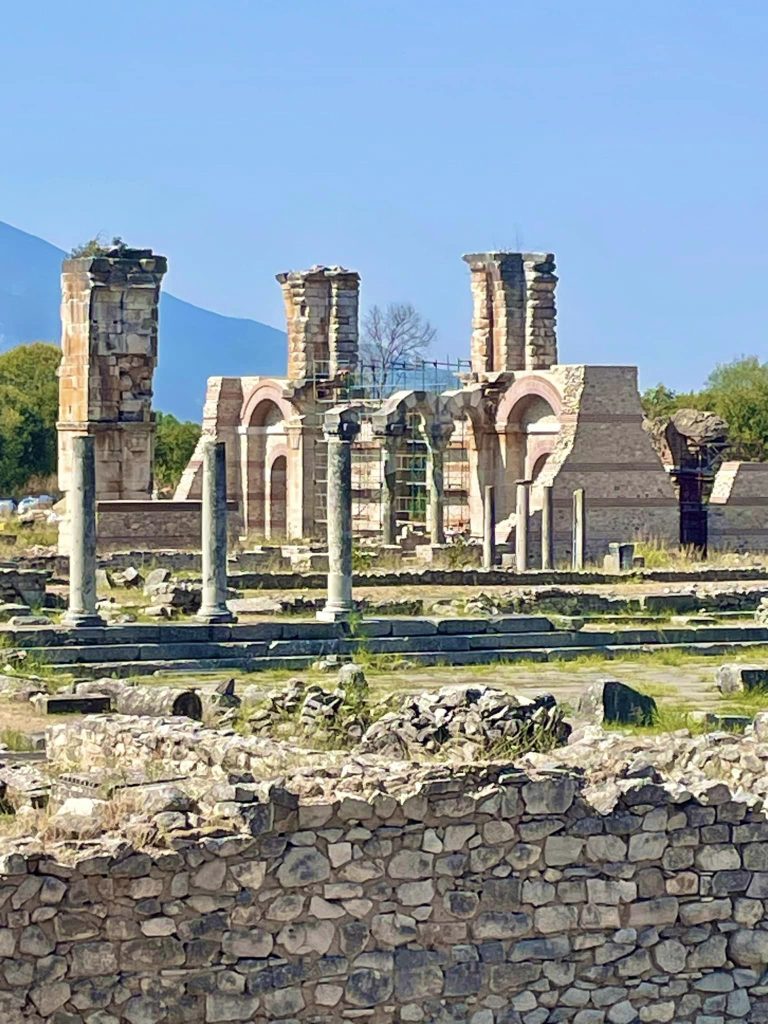
The best photography places are the remaining church that still stands among the ruins, along with the amphitheater, which was a social hub in ancient times.
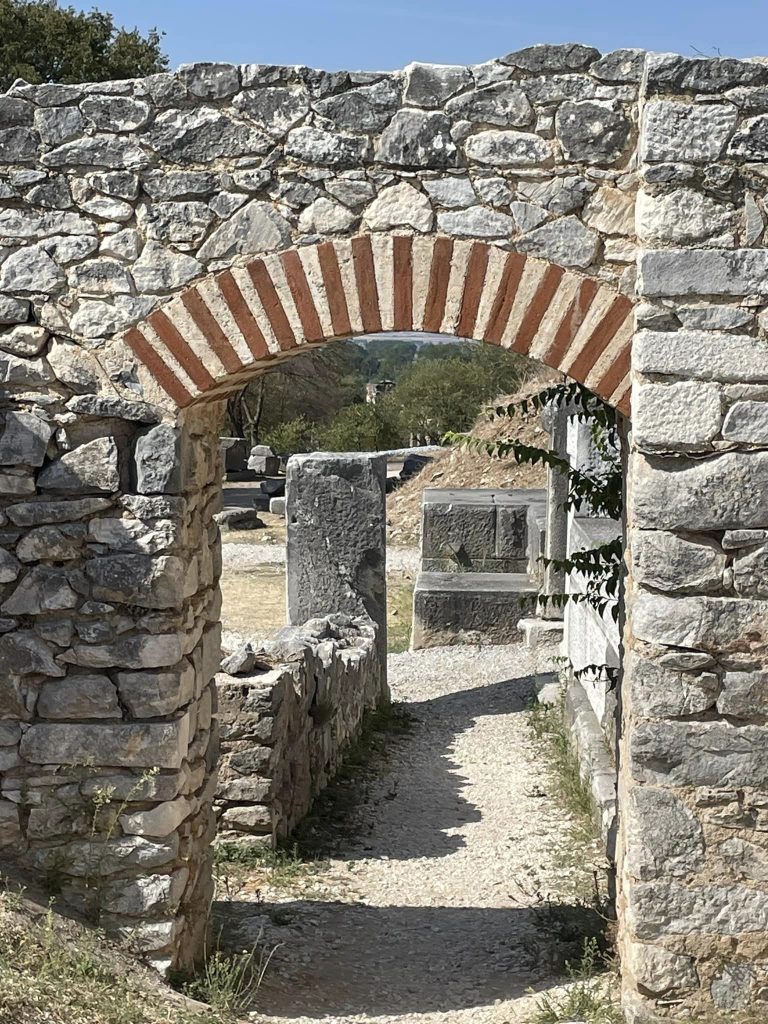
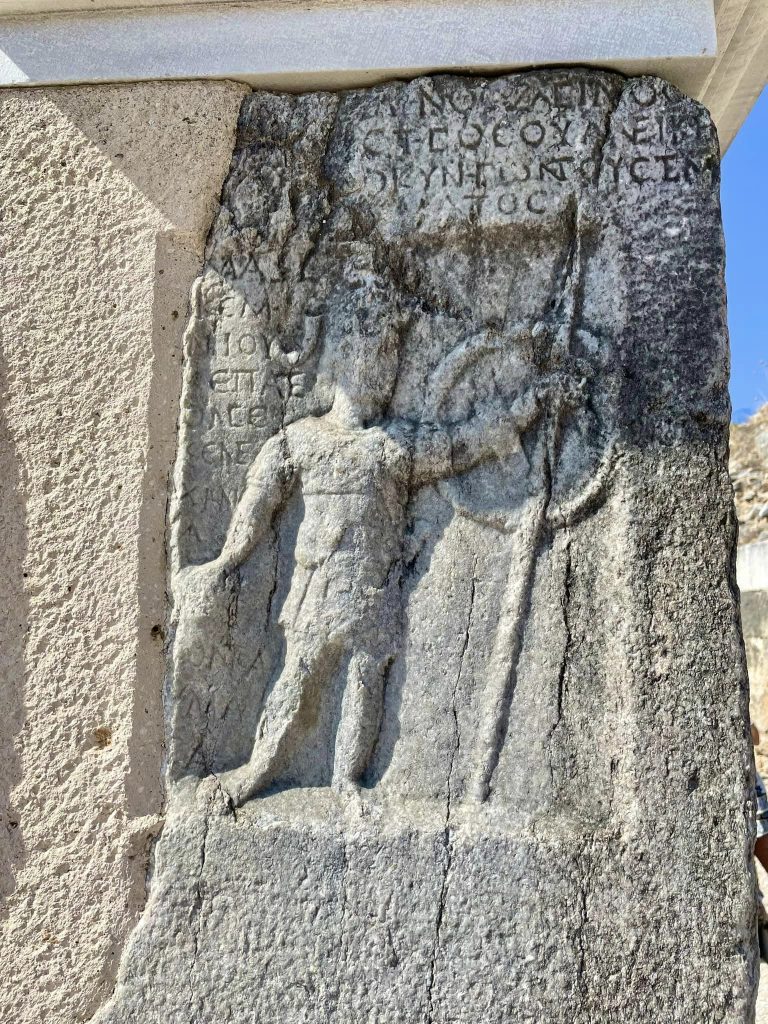
Lydia Springs
Lydia Springs is a beautiful oasis commemorating Paul’s baptism of Lydia. Lush surroundings and the clear spring make for peace-filled pictures.
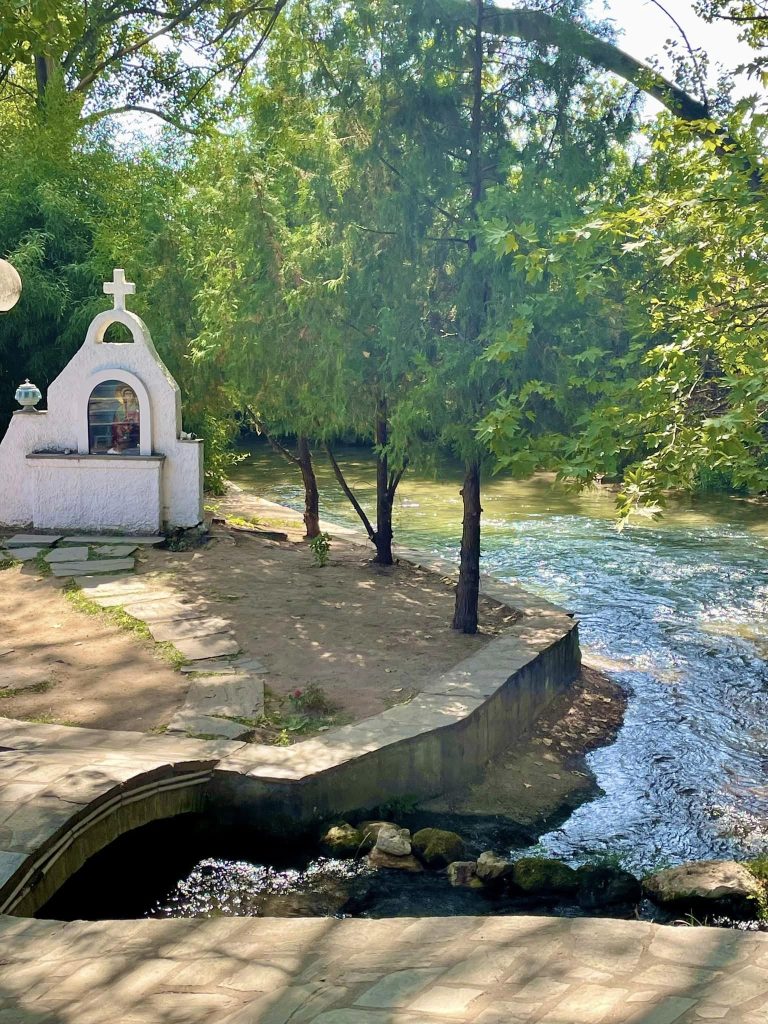
A stunning basilica near Lydia’s baptism site commemorates Paul’s second missionary journey.
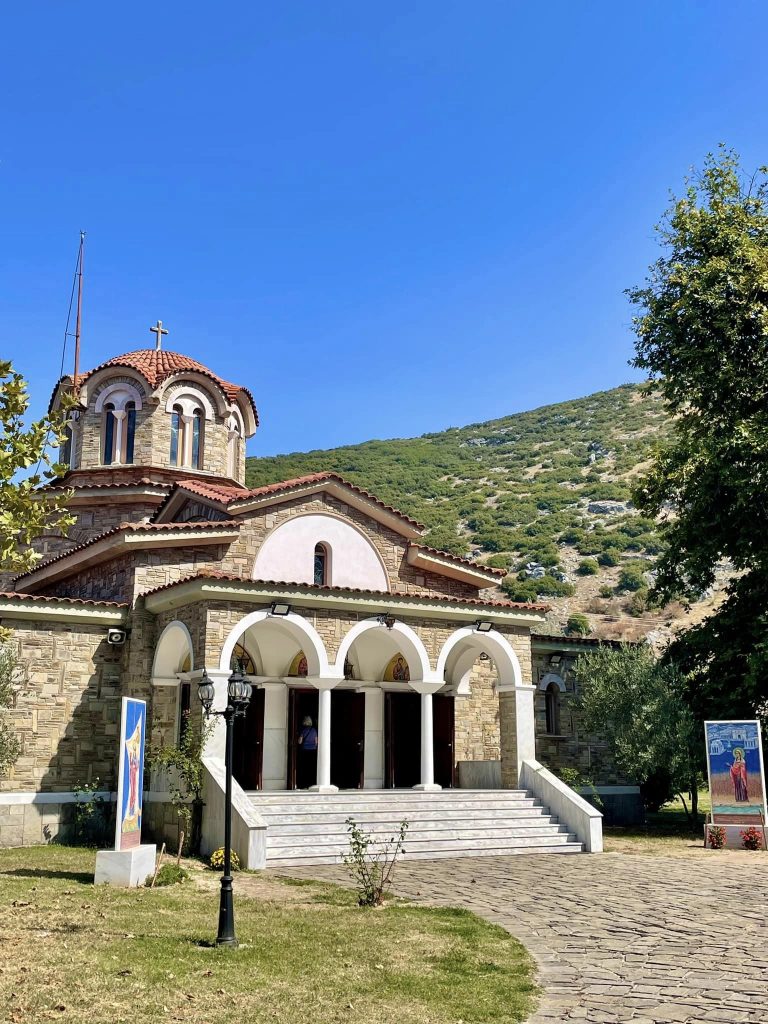
A sunny morning or afternoon photo shoot works well with the river, small forest, and glittering basilica.
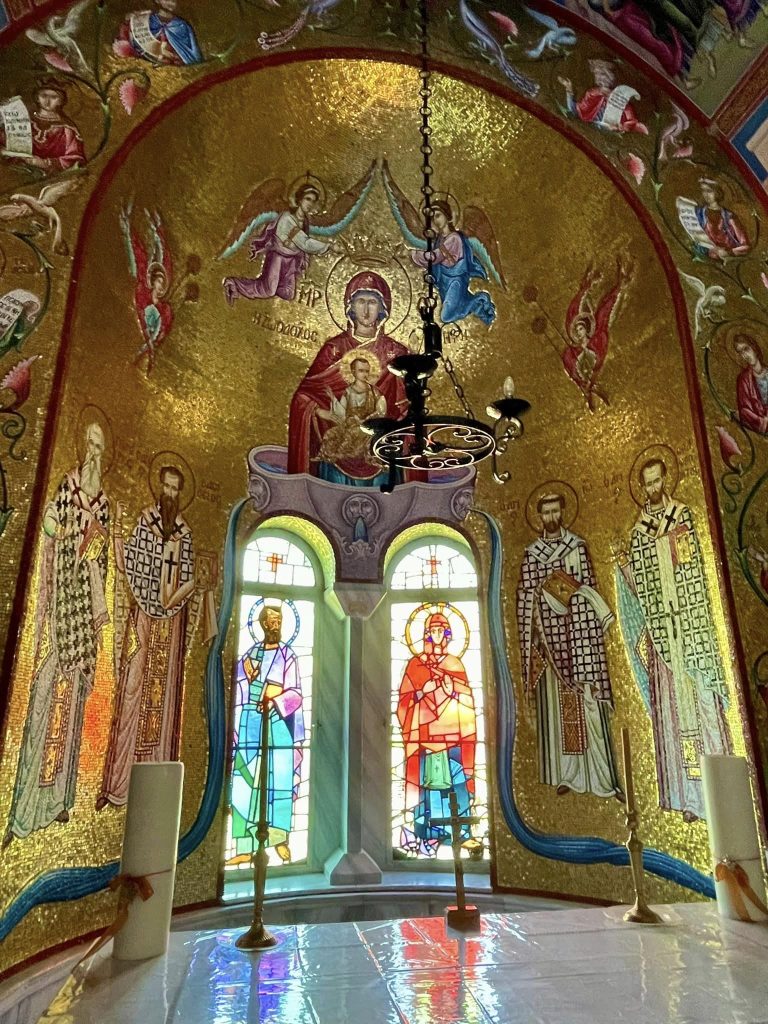
Meteora, Greece
The incredible Byzantine Monasteries of Meteora form a UNESCO World Heritage site. This monastic community dates to the 12th century.
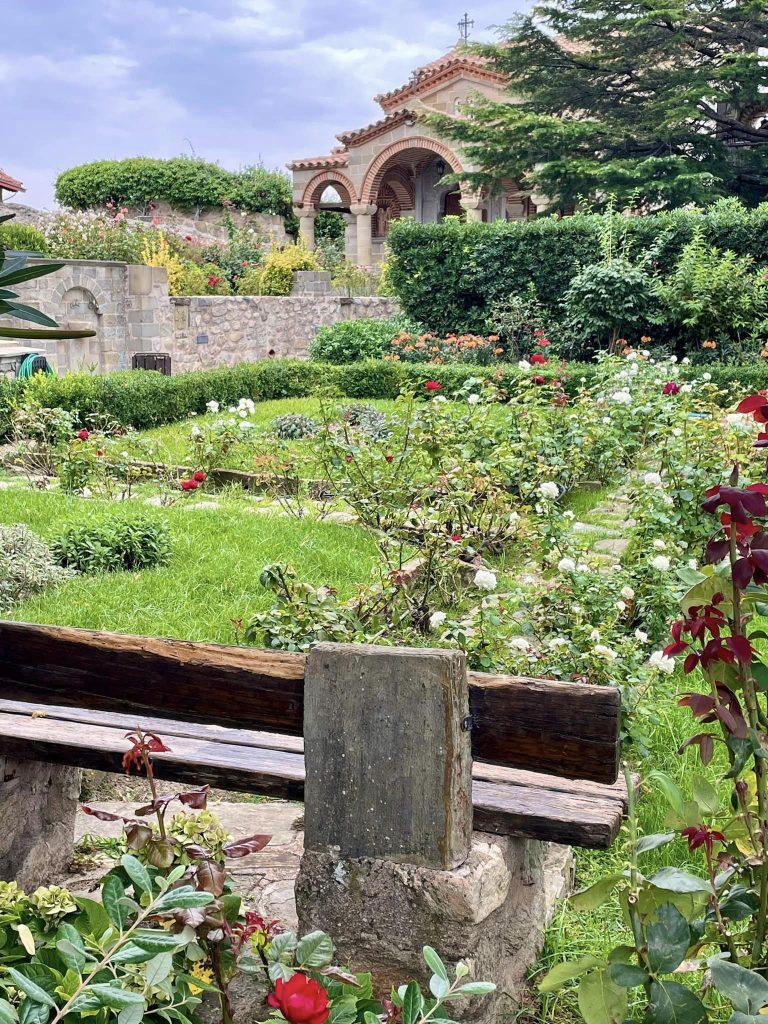
Each monastery or nunnery is built on the very top of a cliff above the quaint town of Kalabaka.
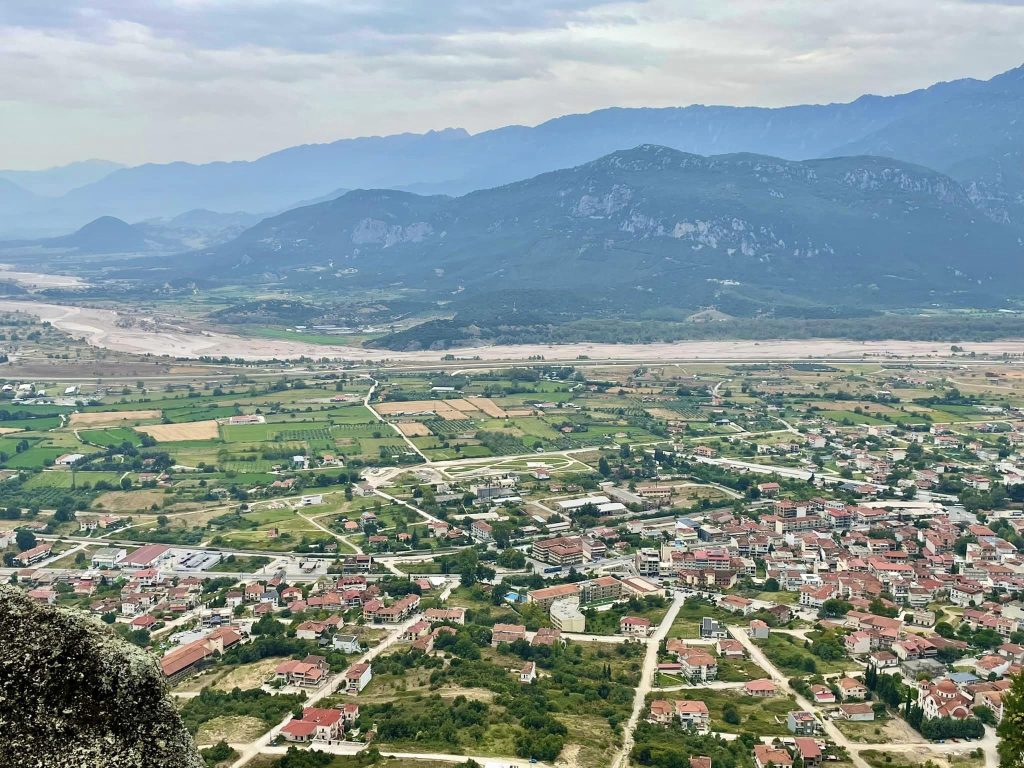
Out of the original 24 monasteries of the 16th century, only six remain today—two of which are nunneries.
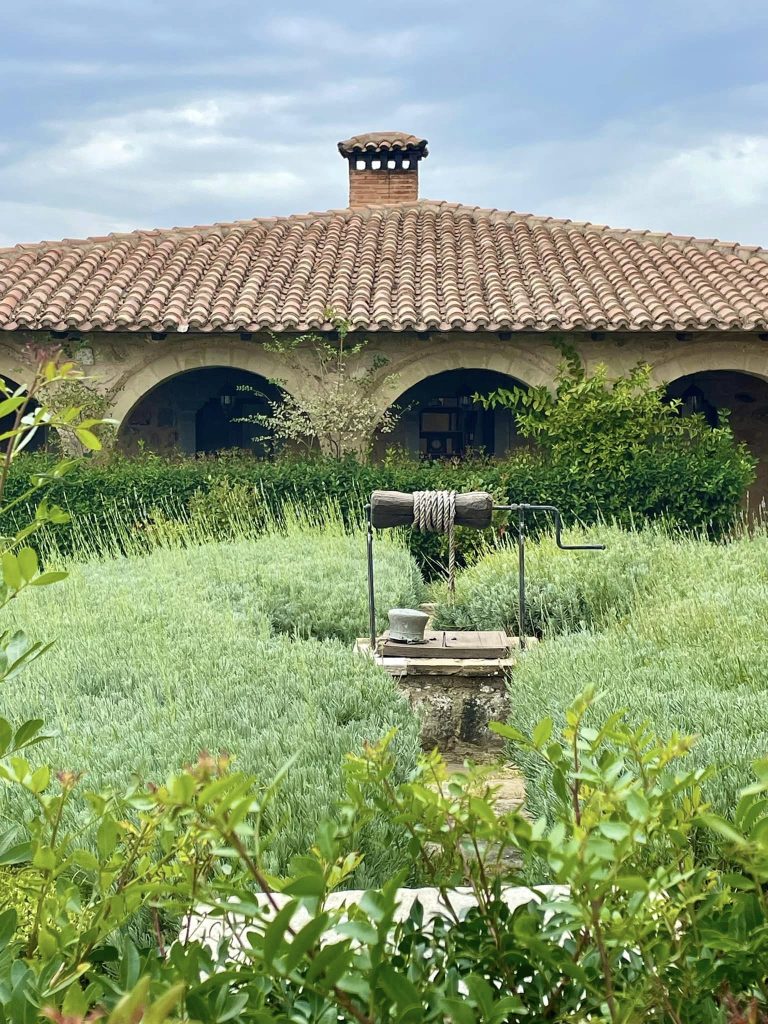
We visited the Holy Monastery of St. Stephen, which dates back to the early 12th century with the first hermit monks who settled on the cliff.
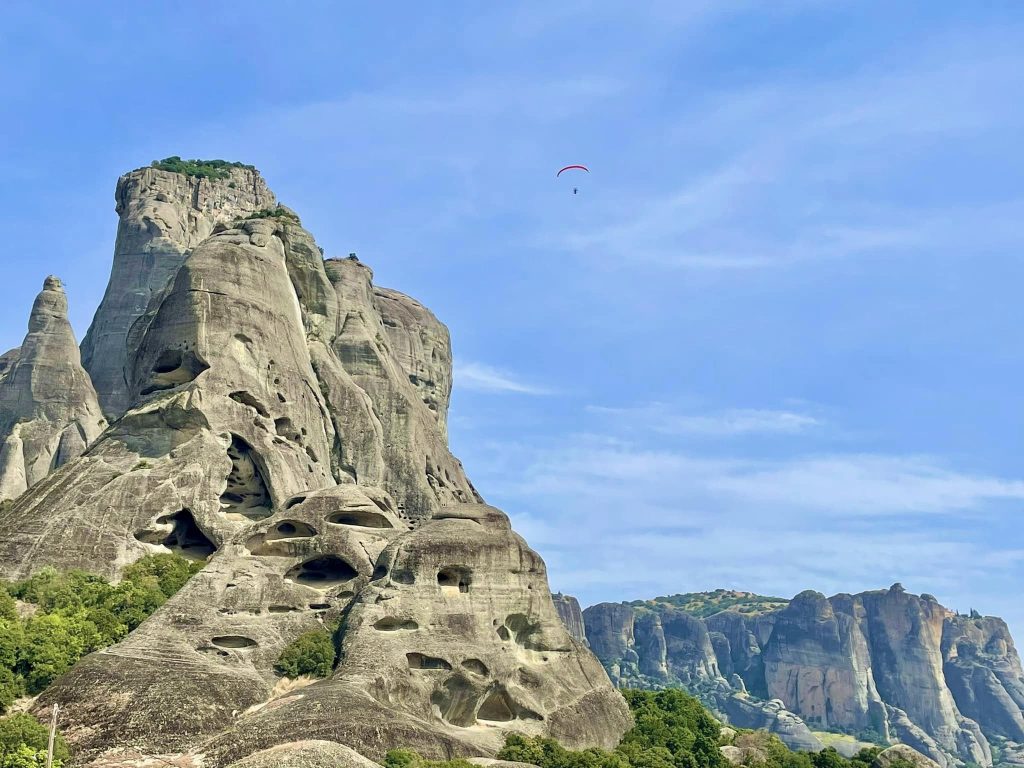
The panoramic views from atop the cliffs are a photographer’s dream. Take your time to get some truly terrific shots.
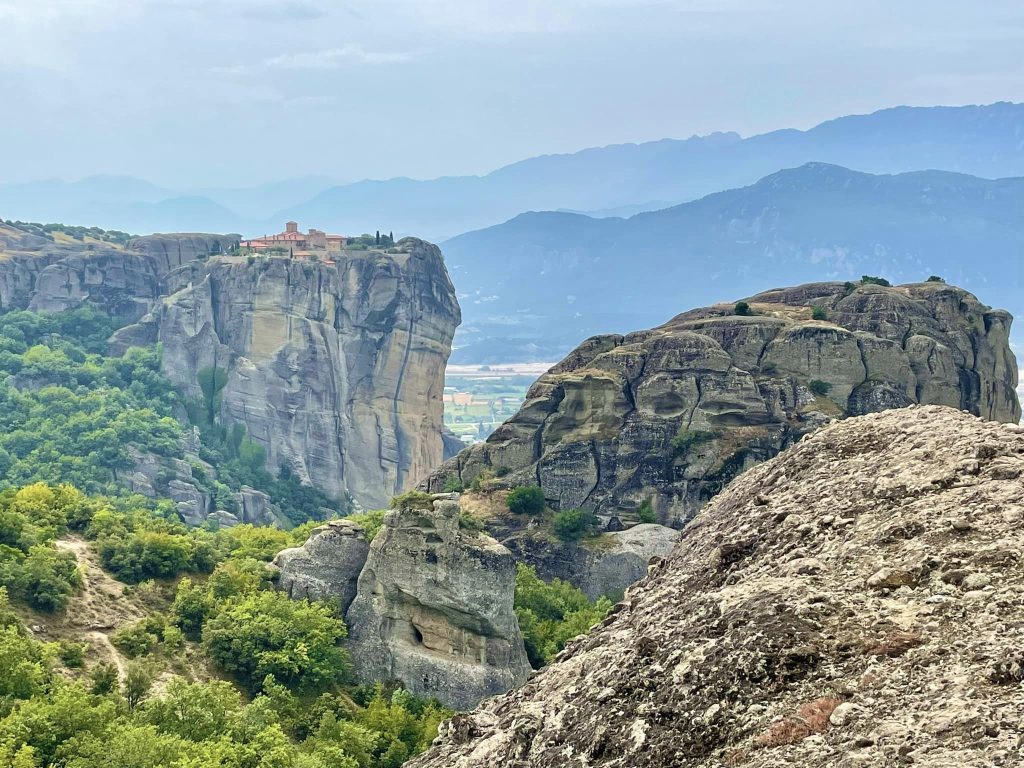
Bottom Line
Greece’s topography is varied and ever-changing. The weather can shift in a matter of minutes, so be prepared to protect your gear from rain and/or wind.
Greece is truly one of the rare beauties in Europe and a truly magical place to photograph. I am already making plans to return.
Other Posts of Biblical Interest:
- Best Bible Reading Plans
- Warriors in the Bible: 13 Essential Life Lessons to Learn
- 50 Motivational Bible Verses About Aging Gracefully
About the Author
Donna is a sought-after author, speaker, and Bible teacher. Her path from being unchurched to becoming passionate about sharing Jesus was not easy. Read her God-breathed journey: “From Unchurched to Becoming a Multi-Published Author and Sought-After Speaker.” If you want to send Donna a quick message, then visit her here.
{Some of these links are affiliate links. This means if you make a purchase through that link, the ministry may receive a small commission at no extra cost to you. Thank you for your support!}
